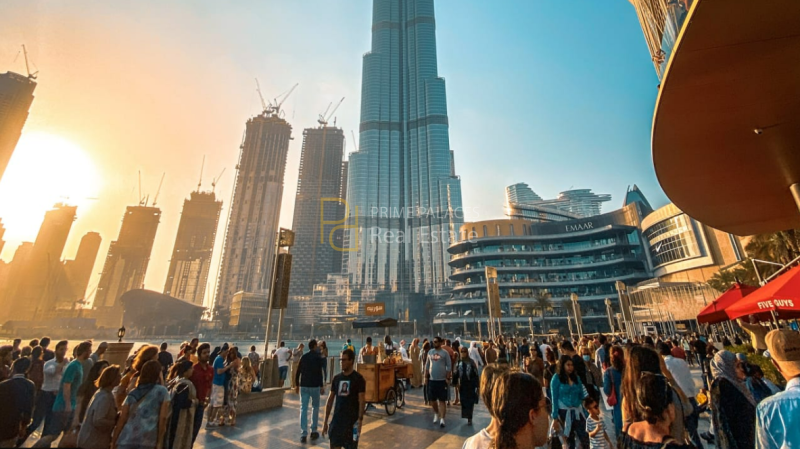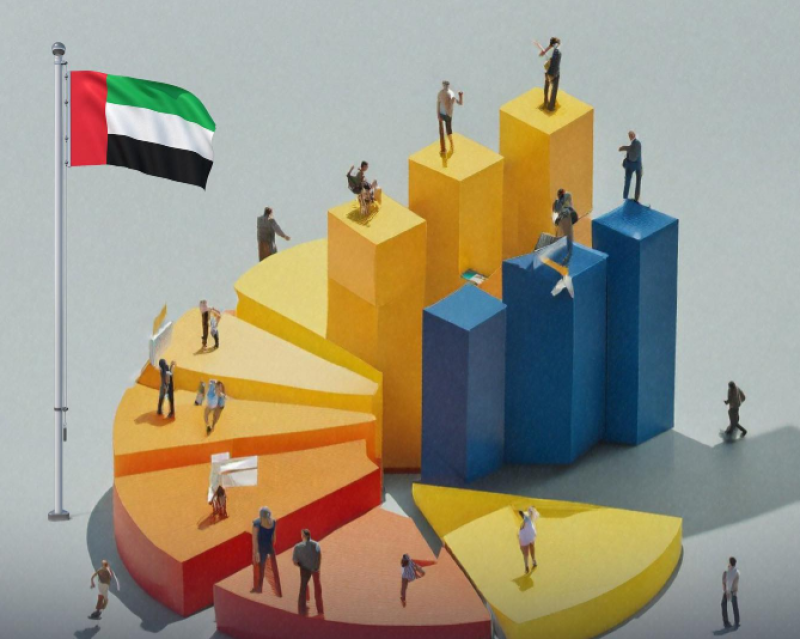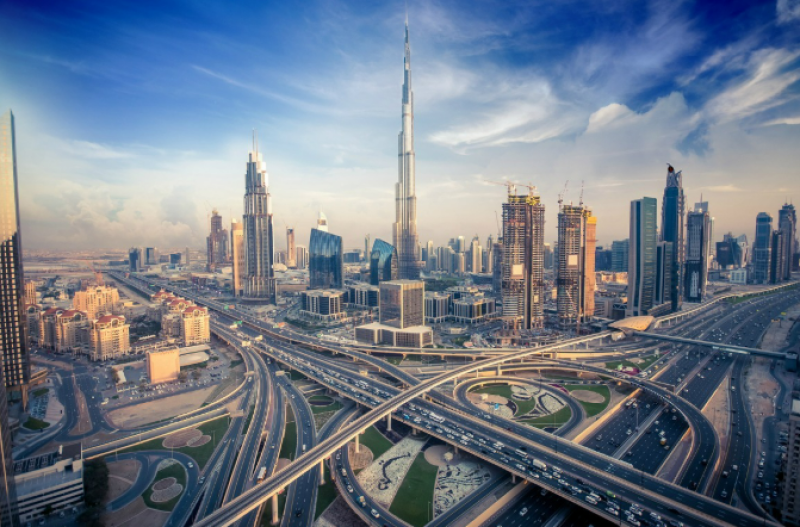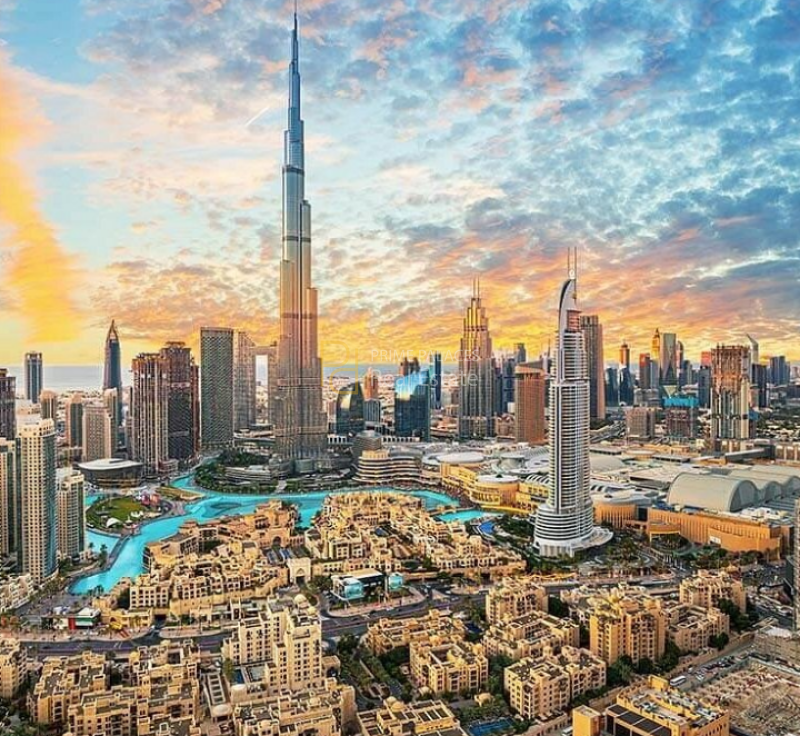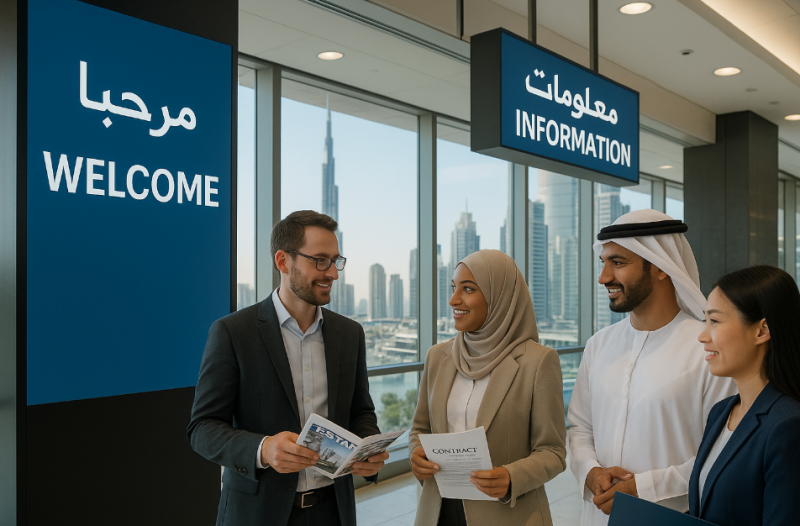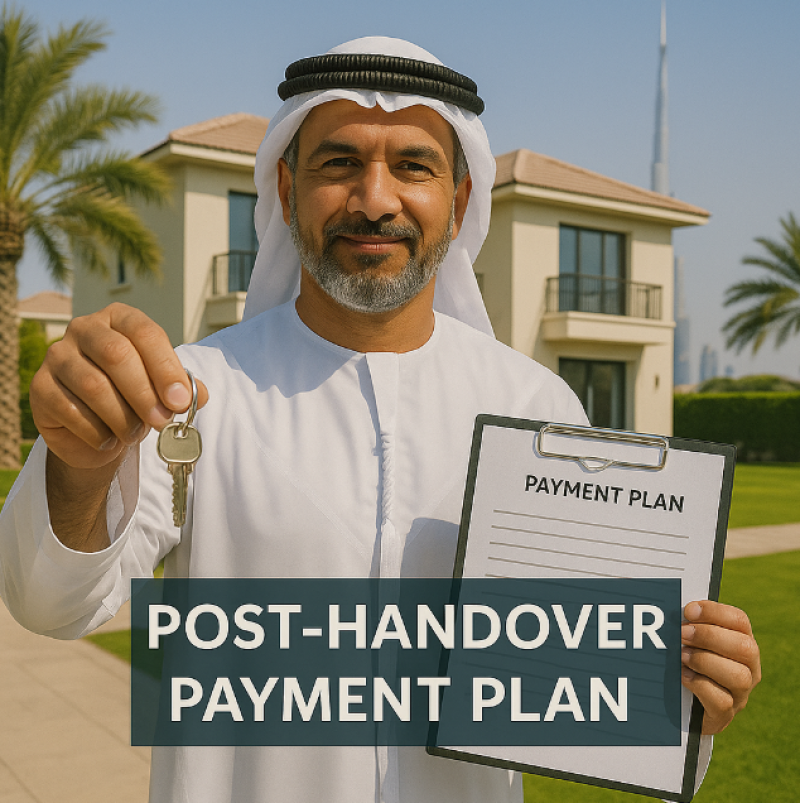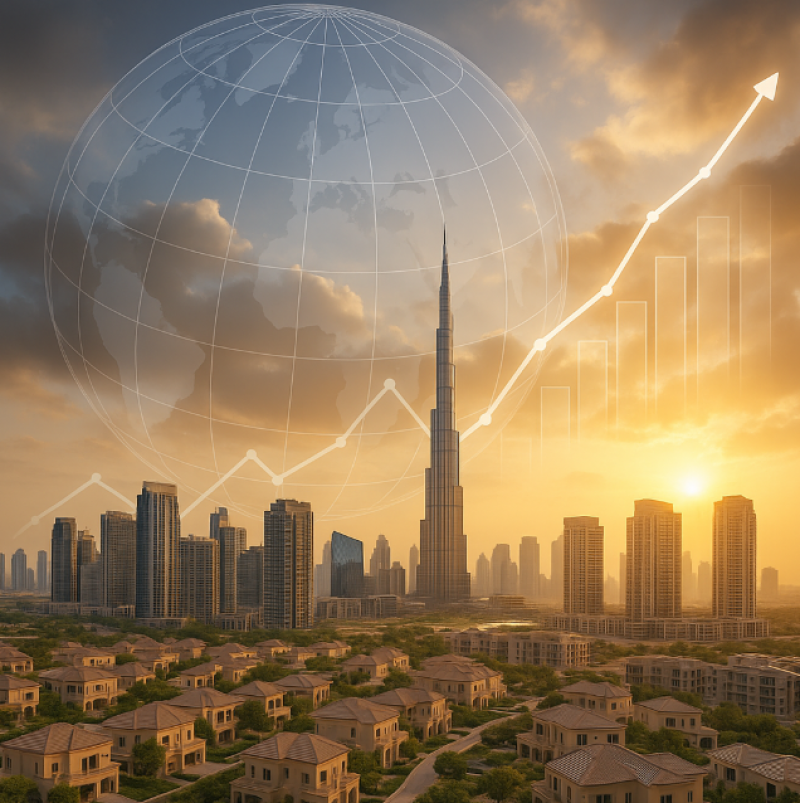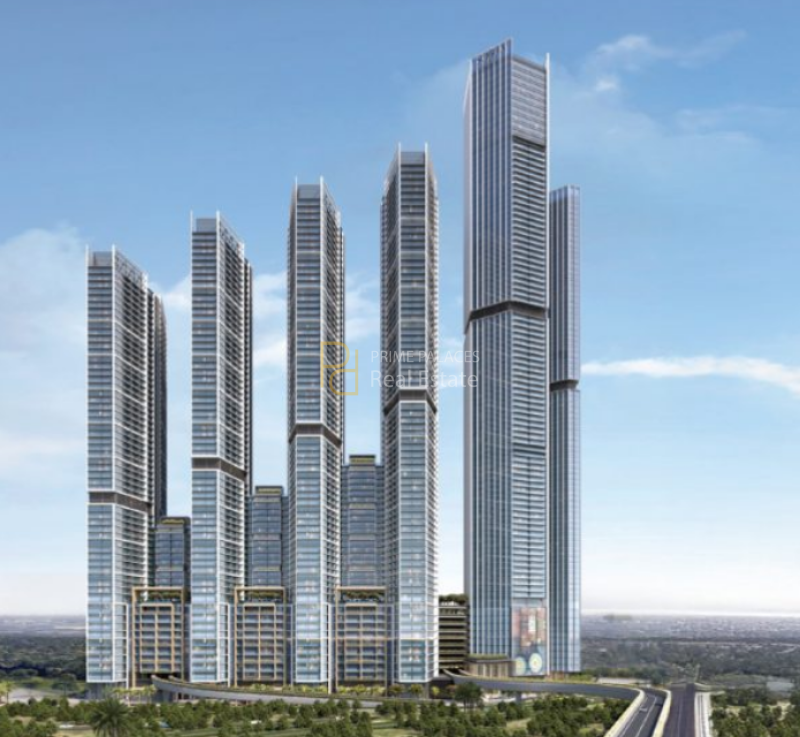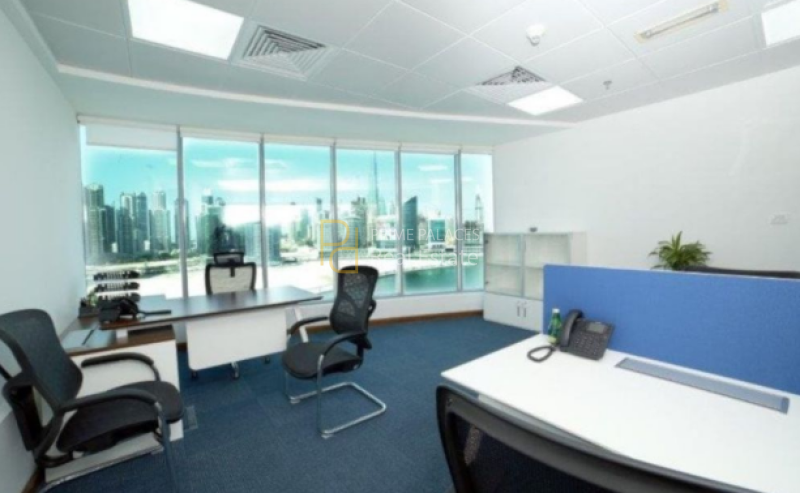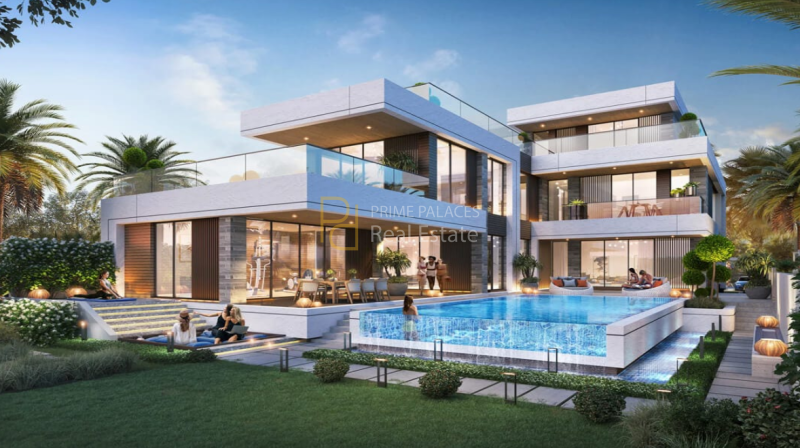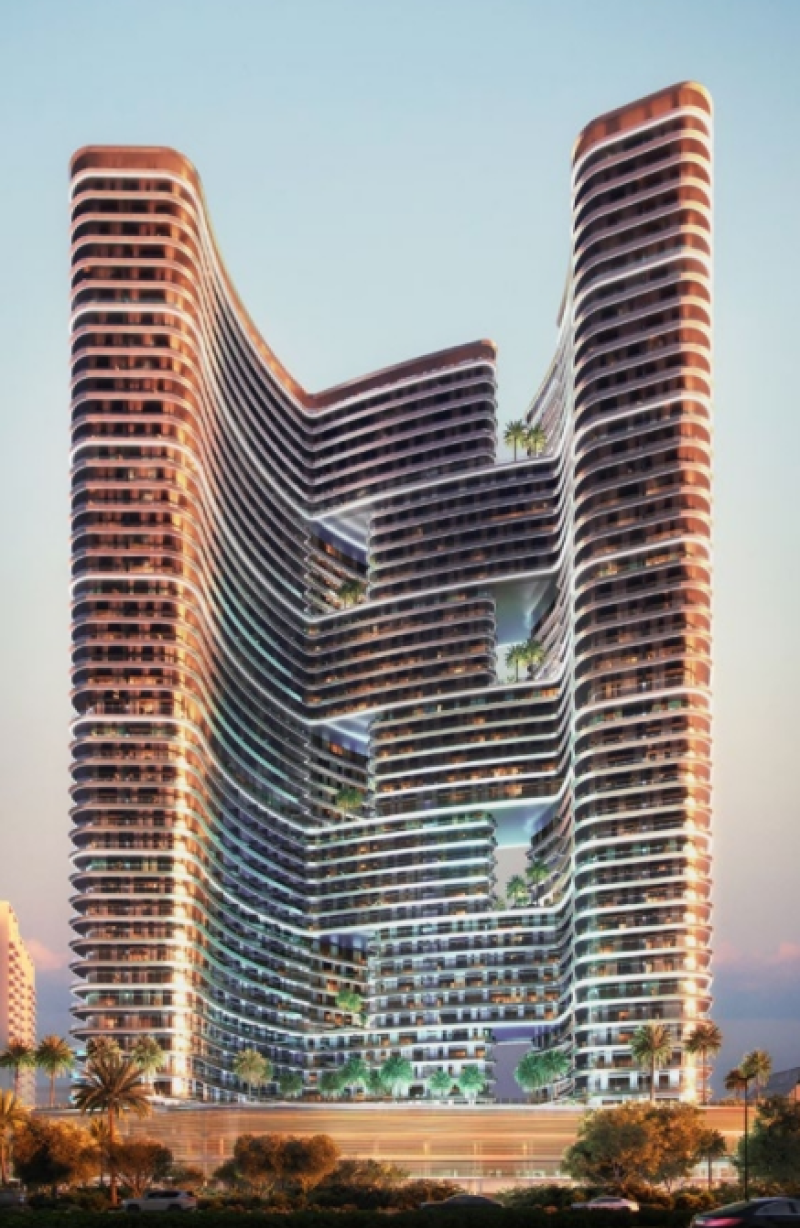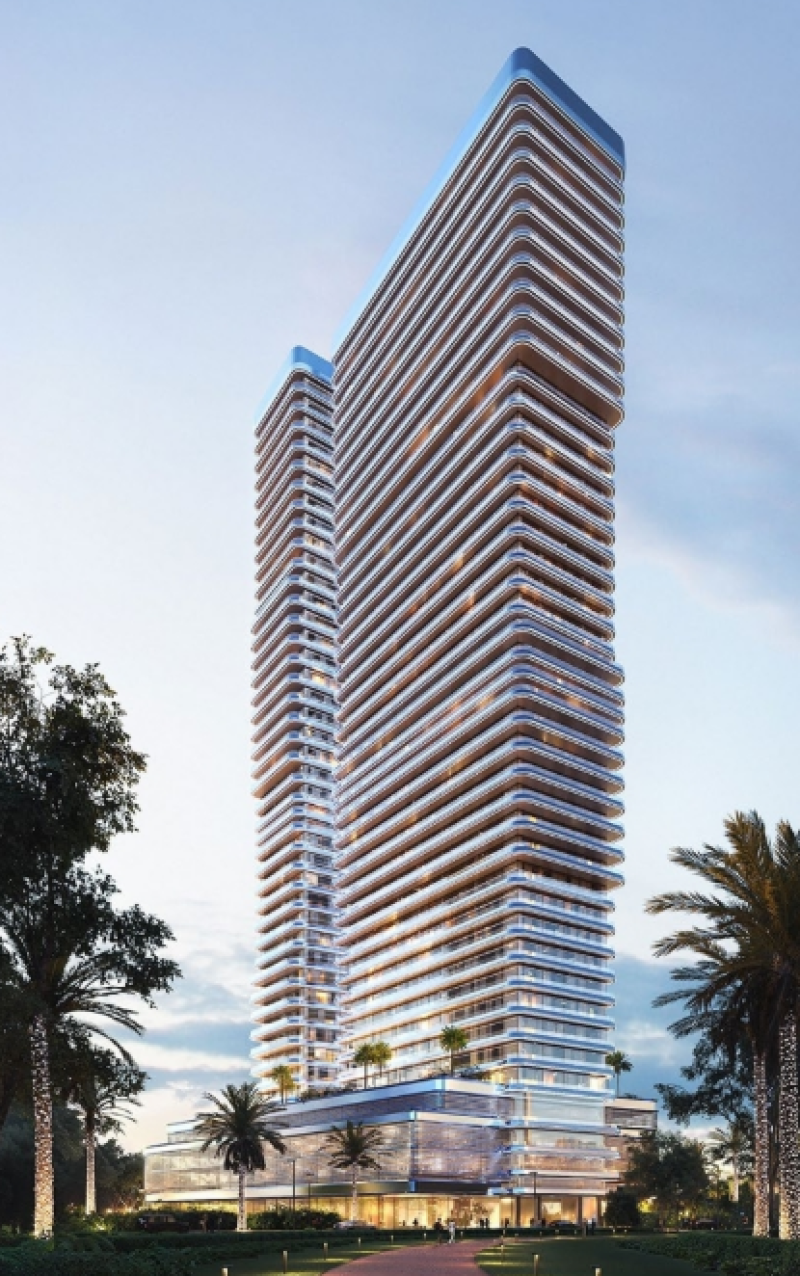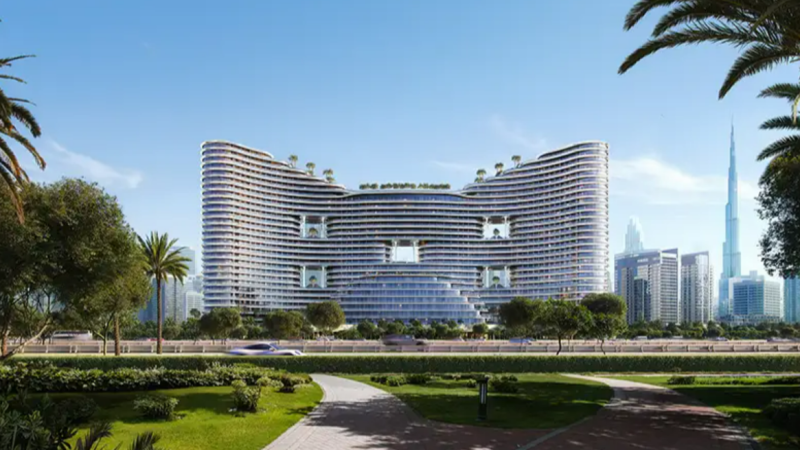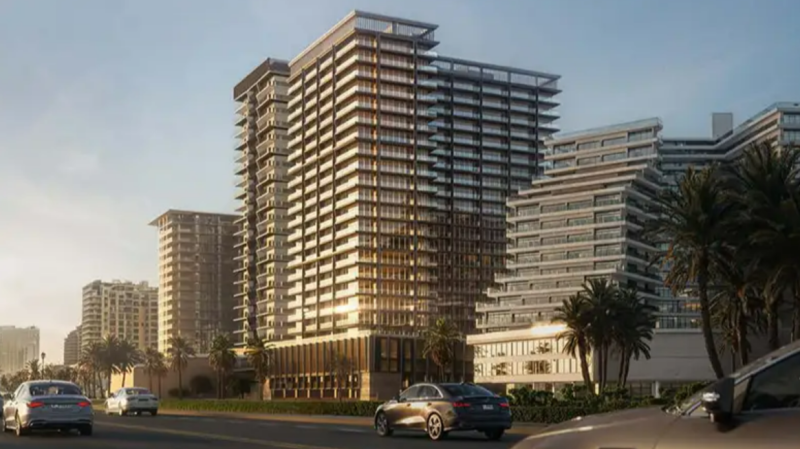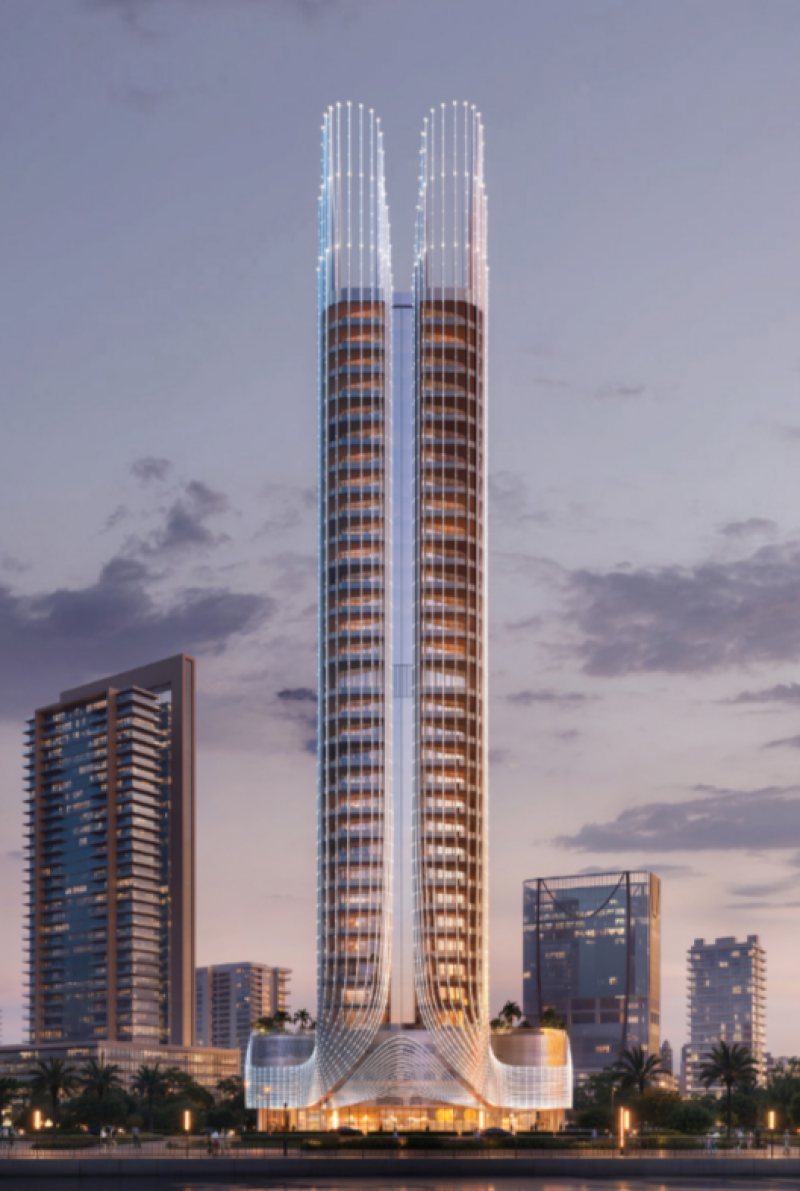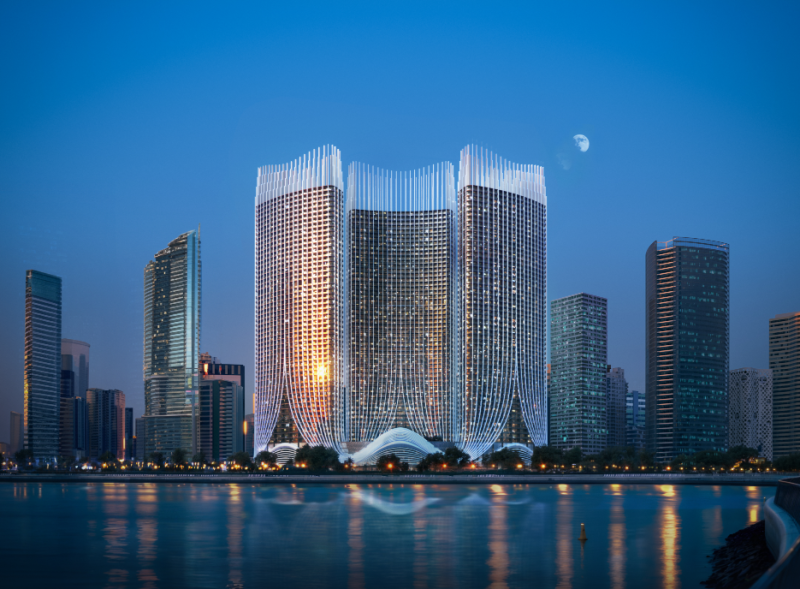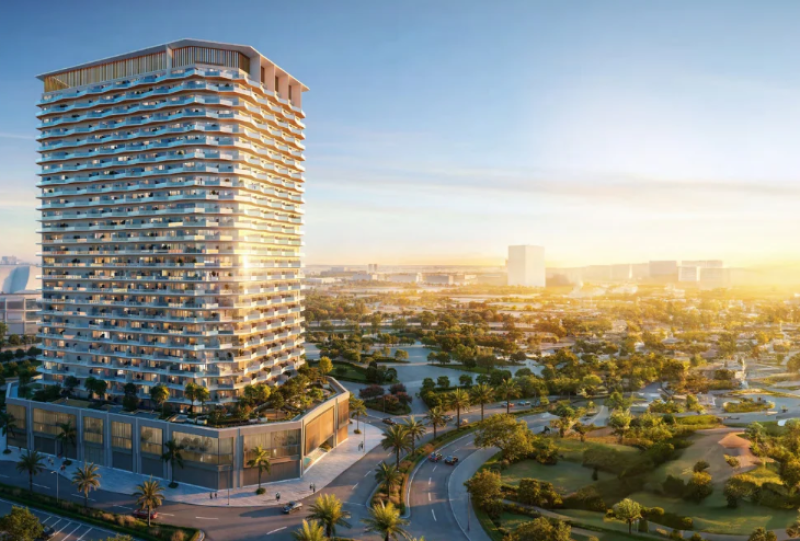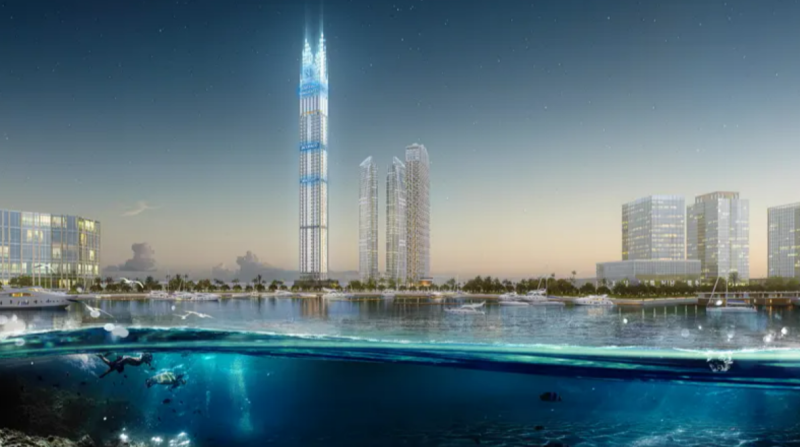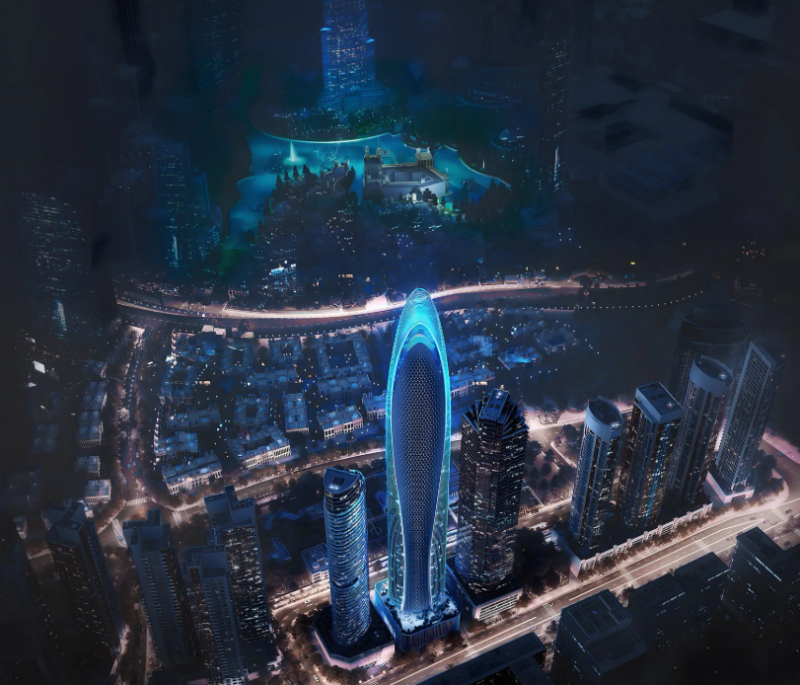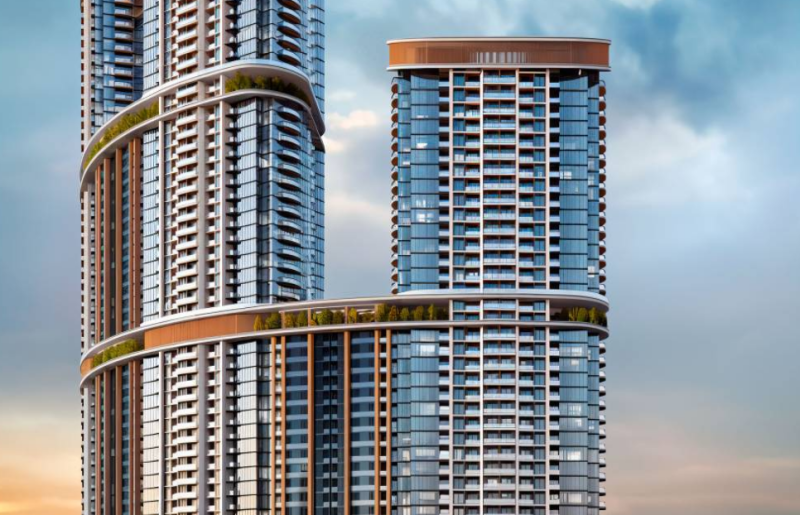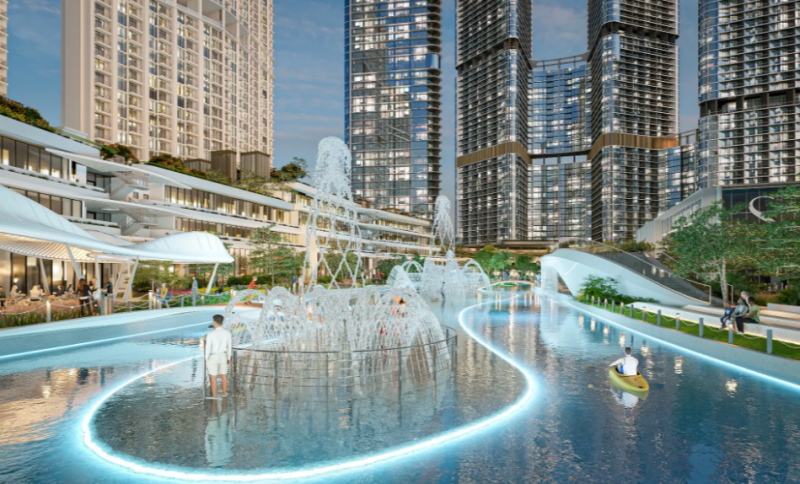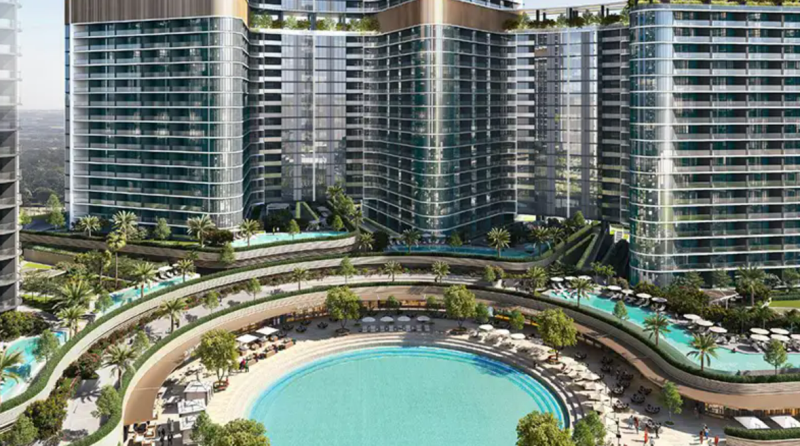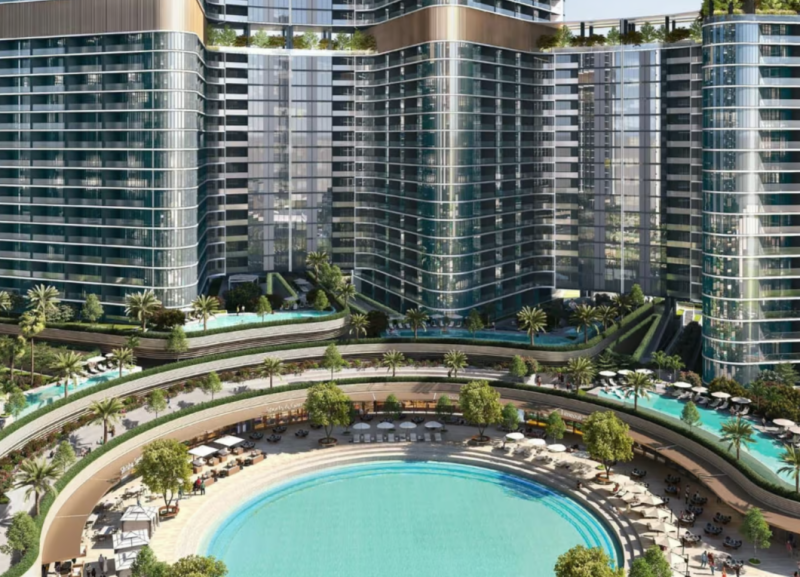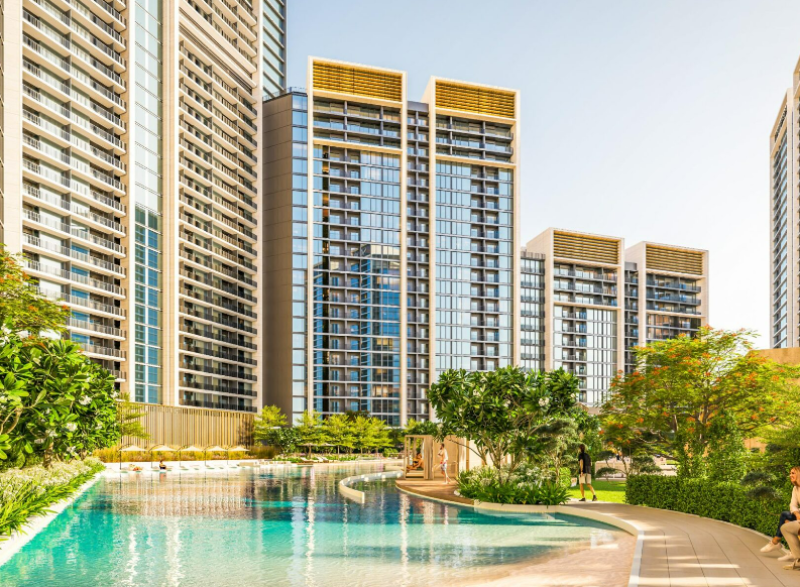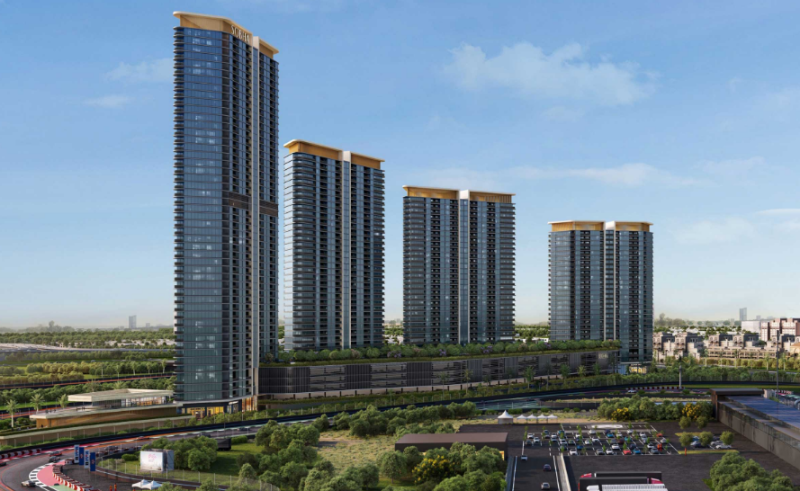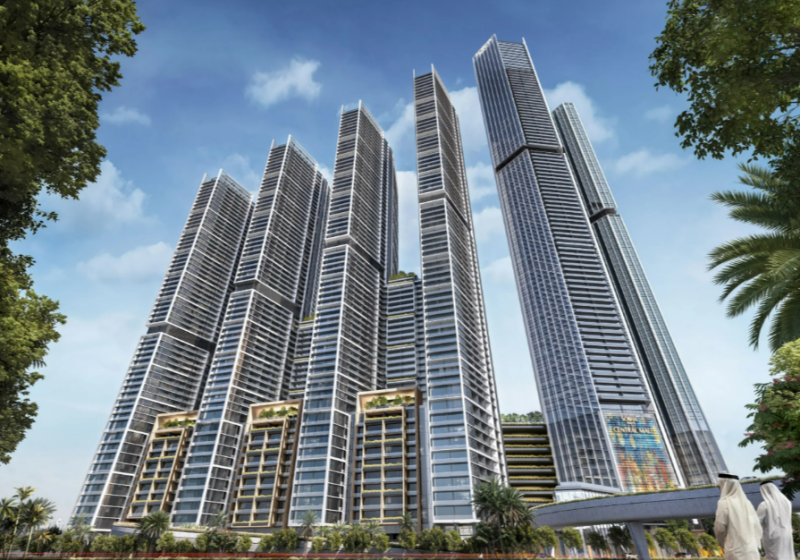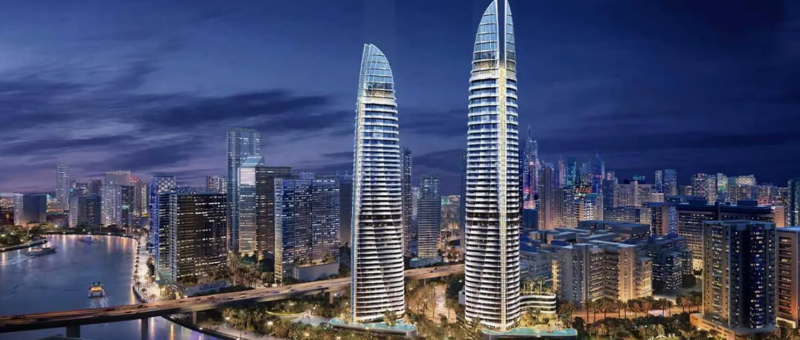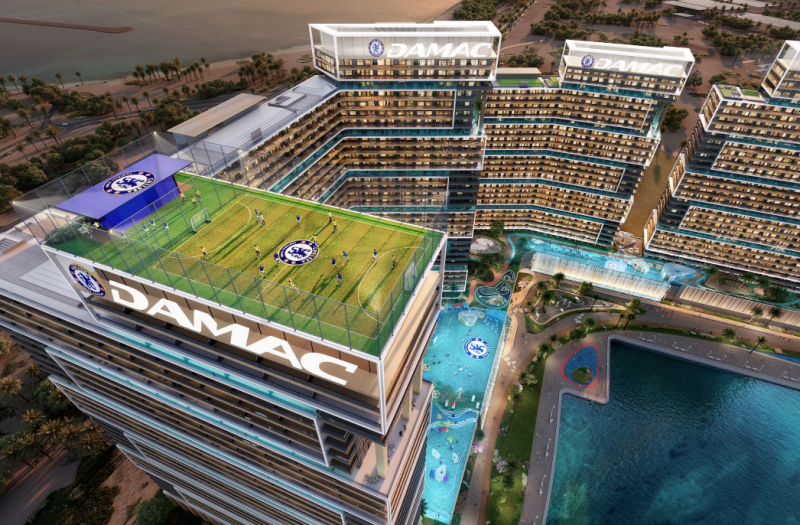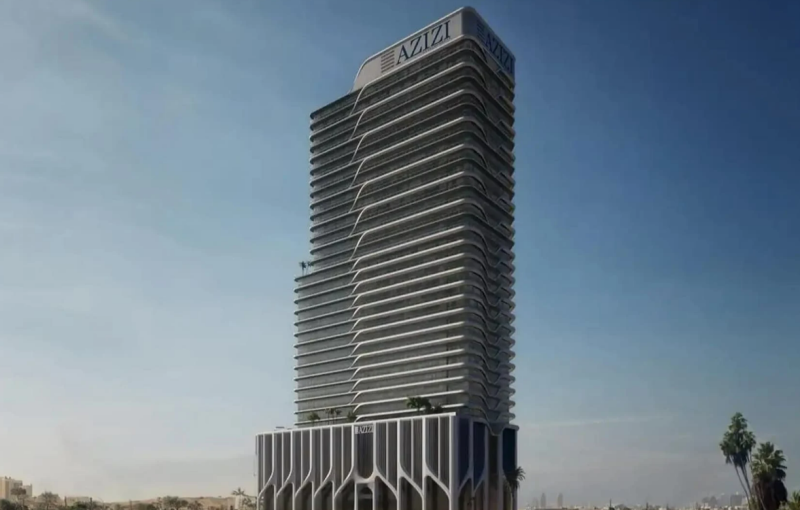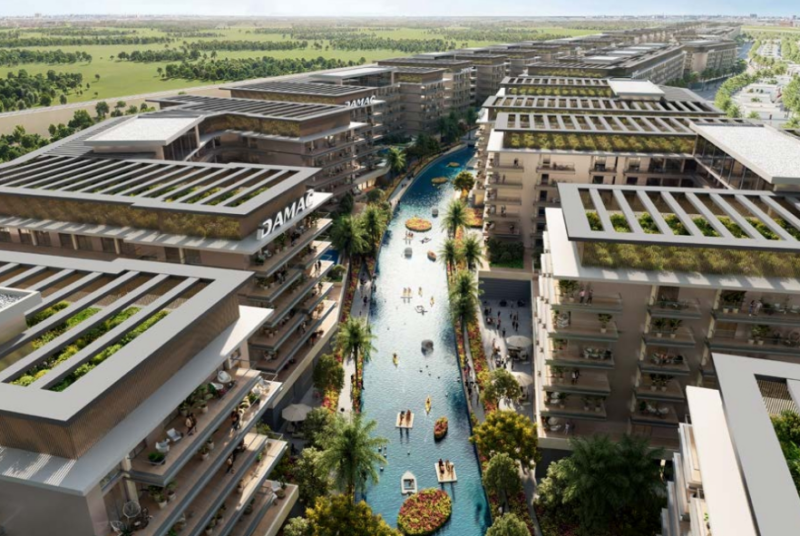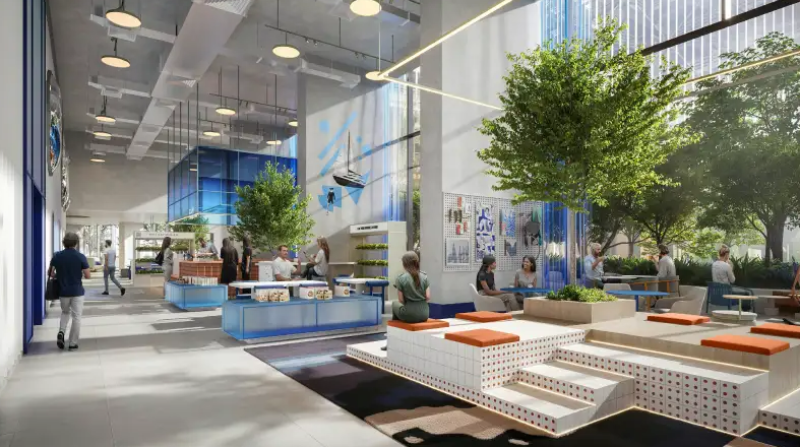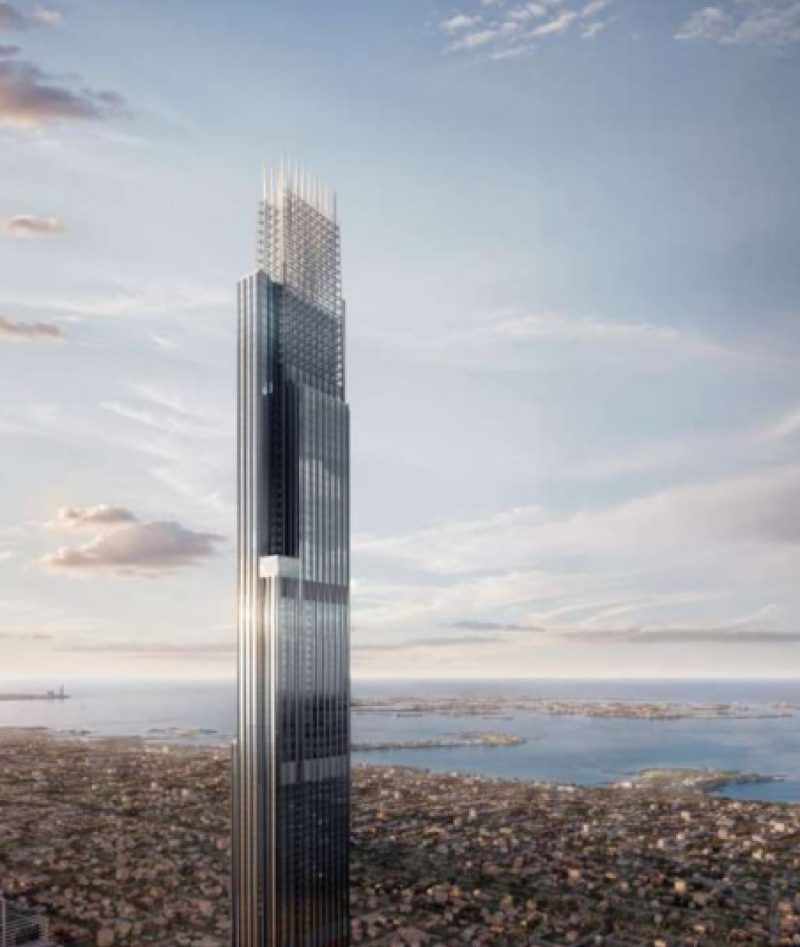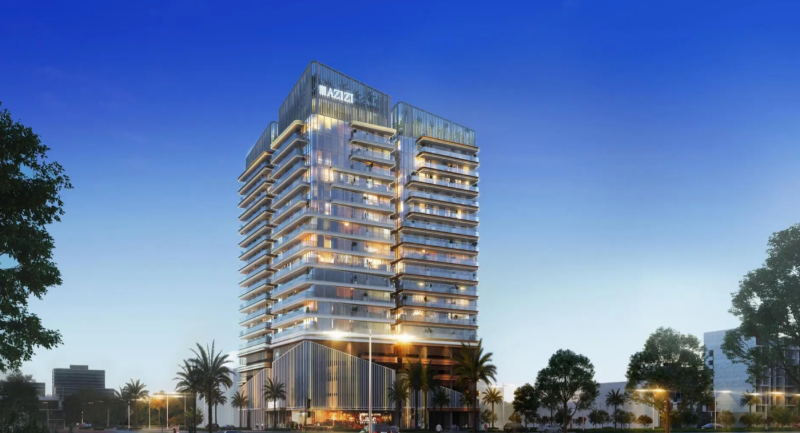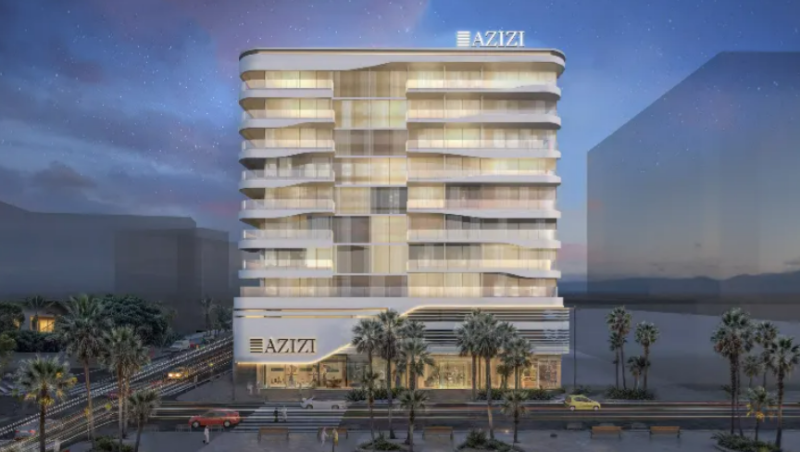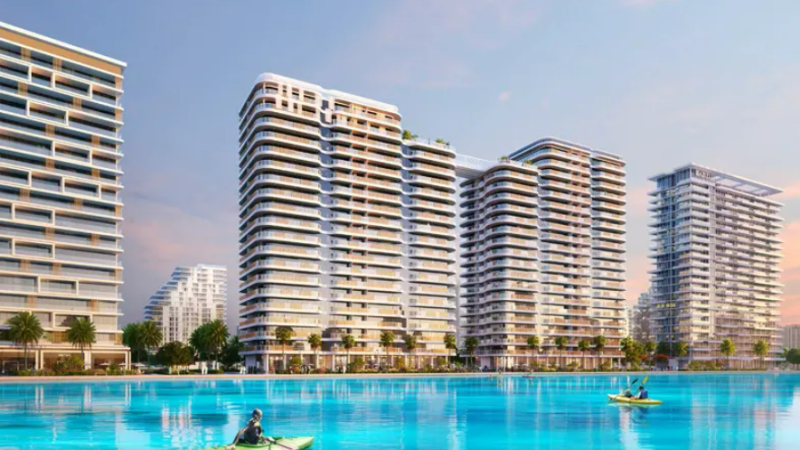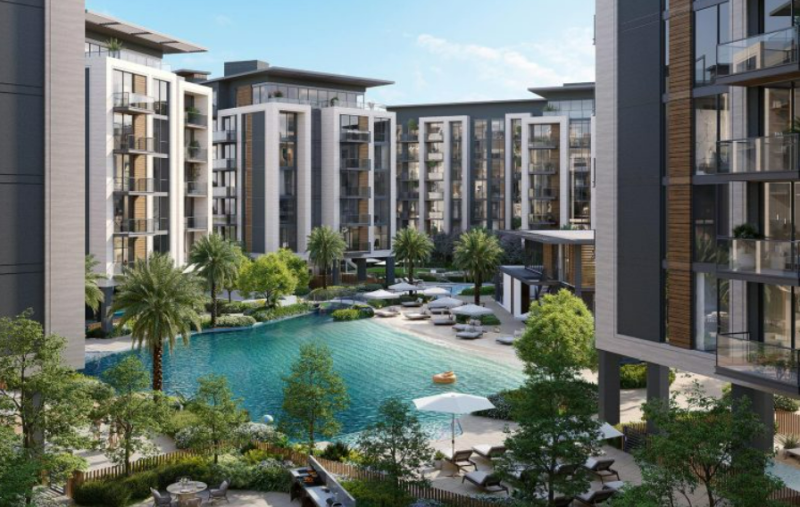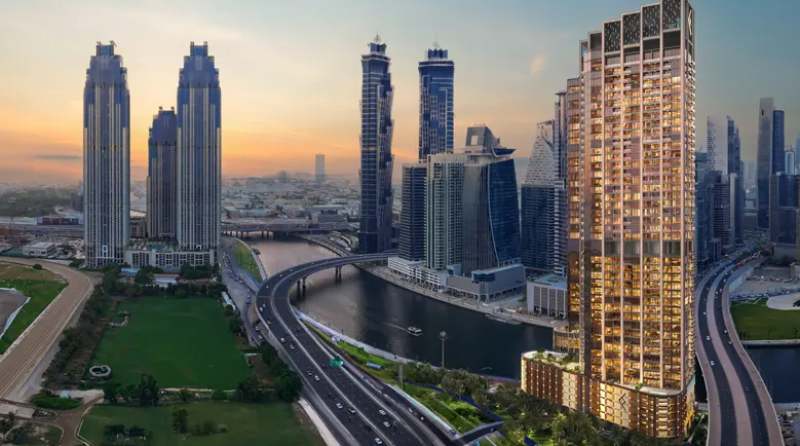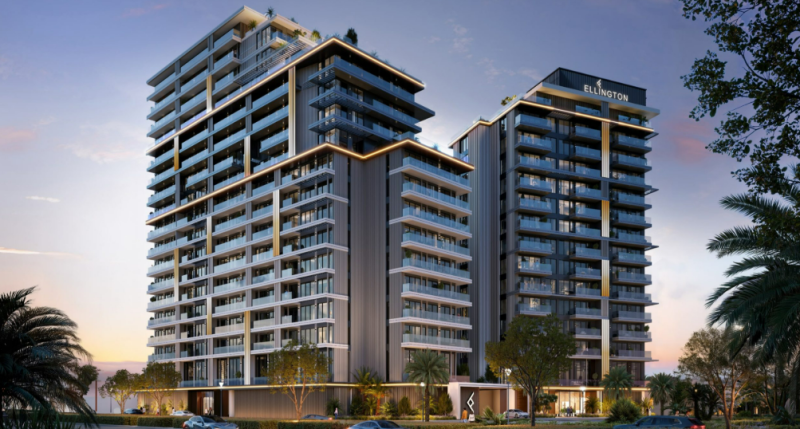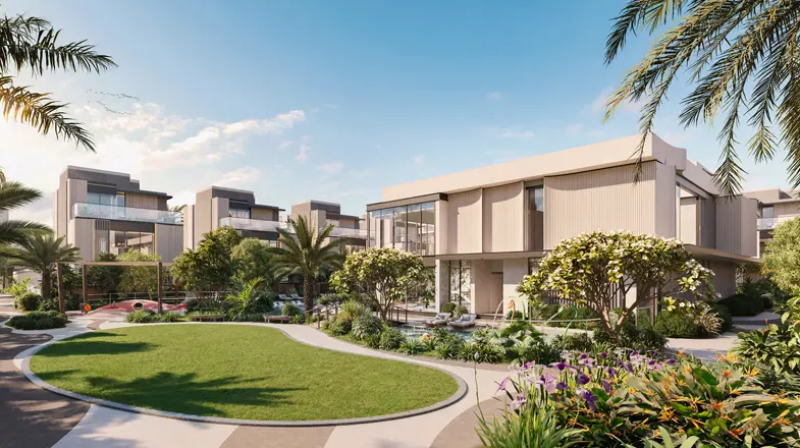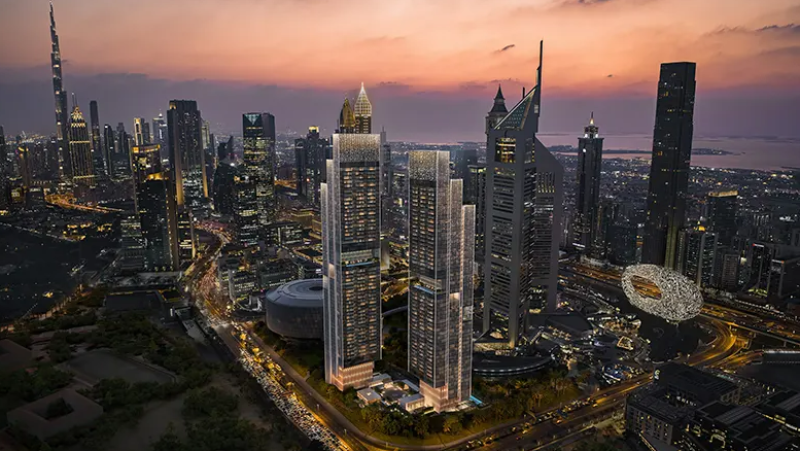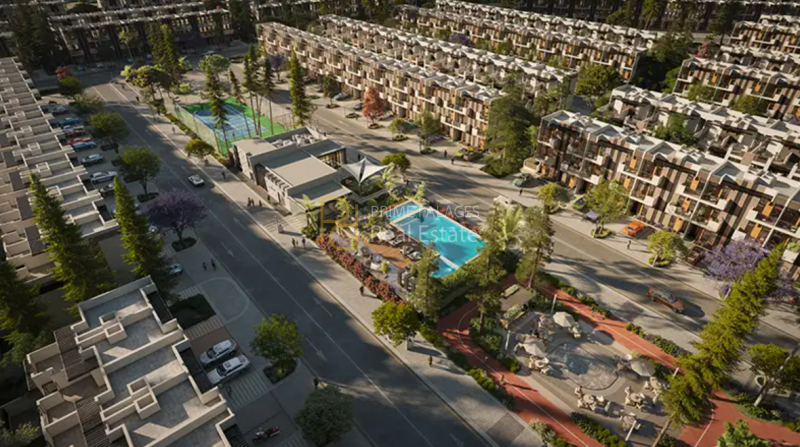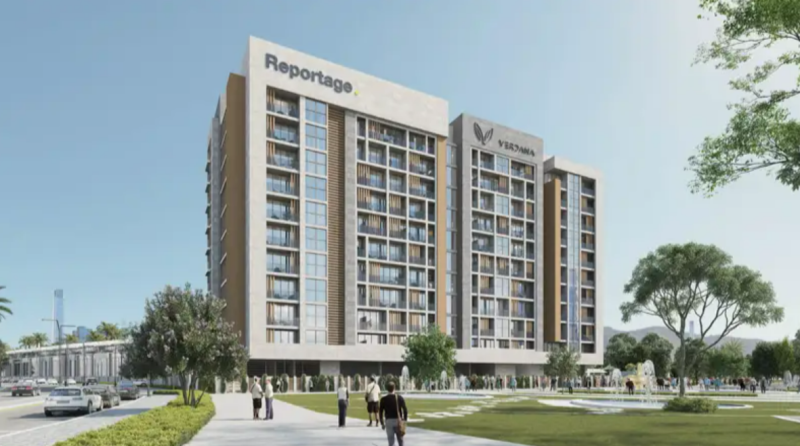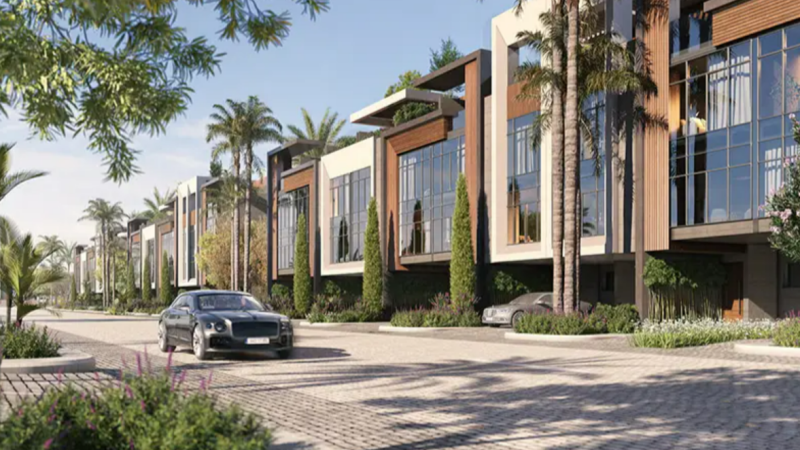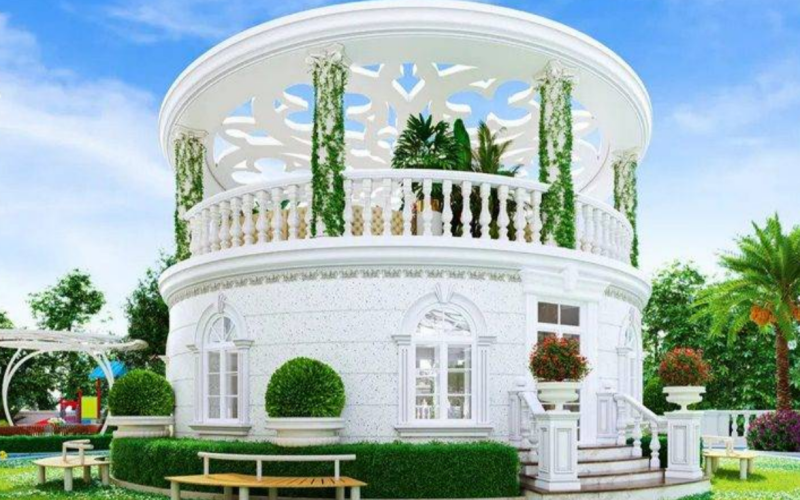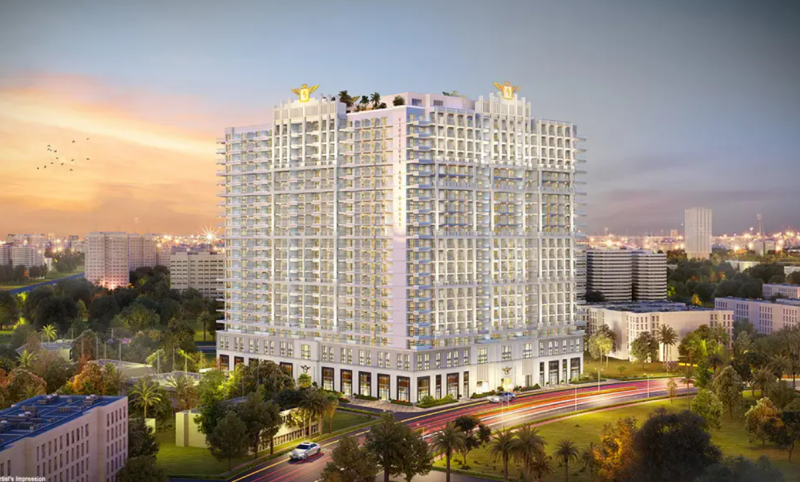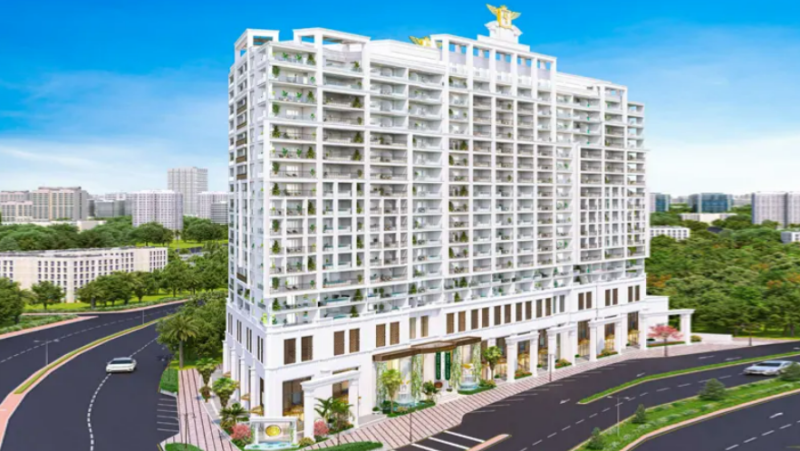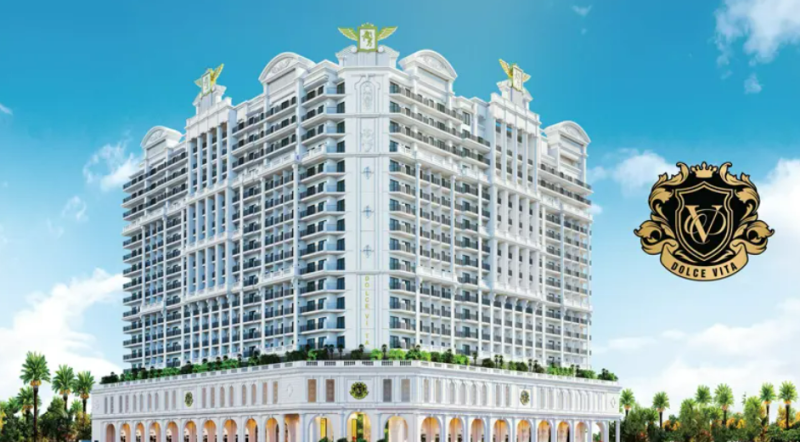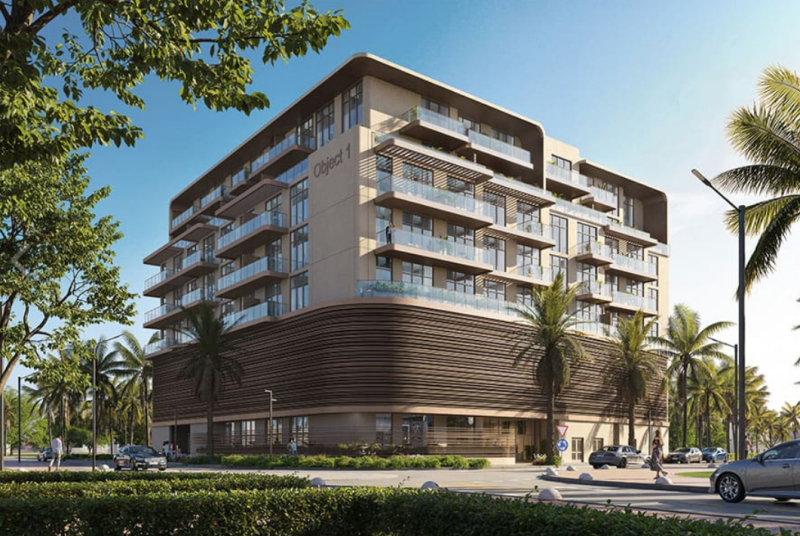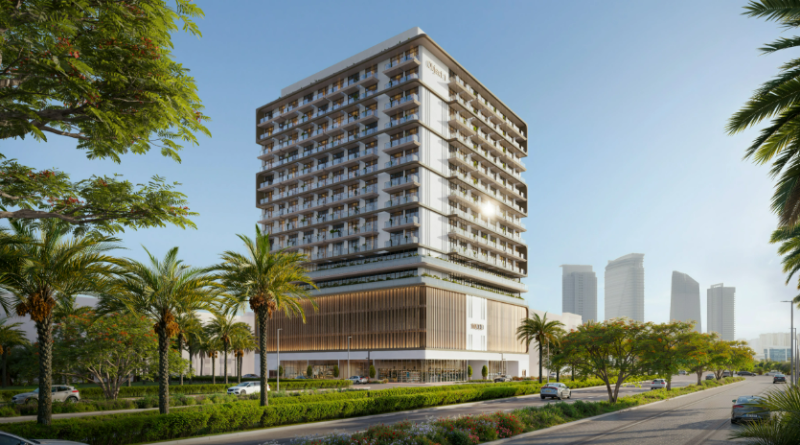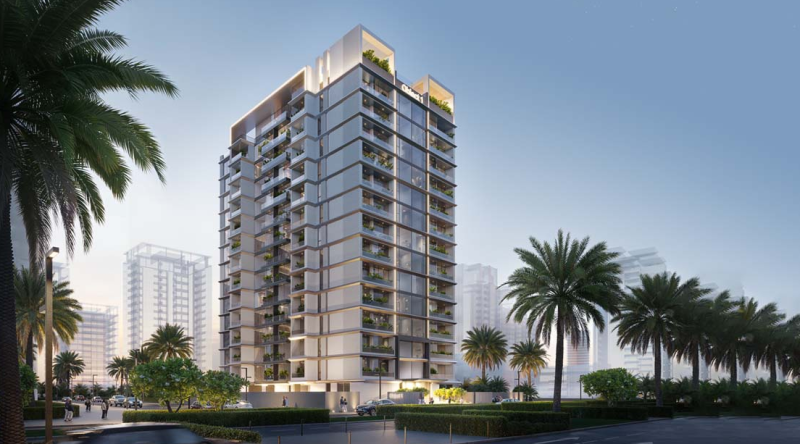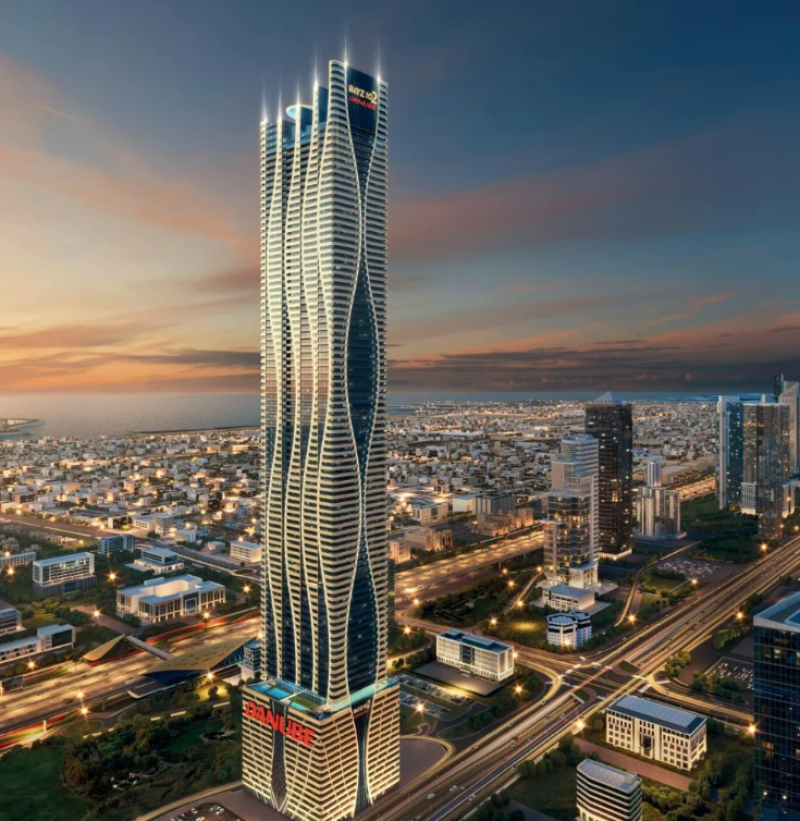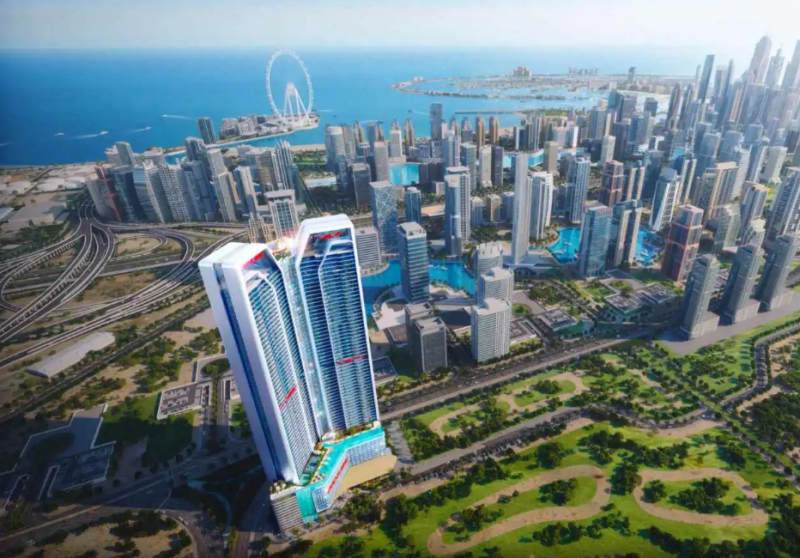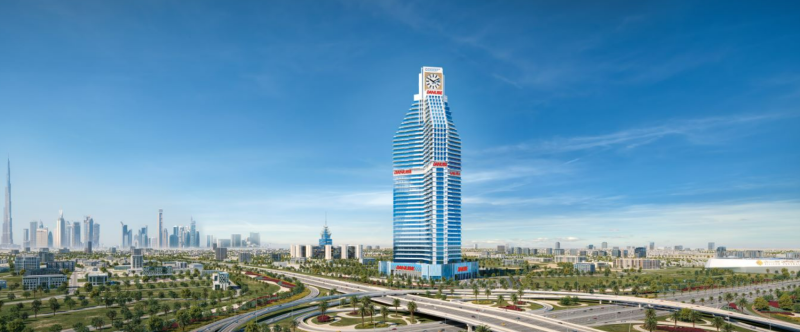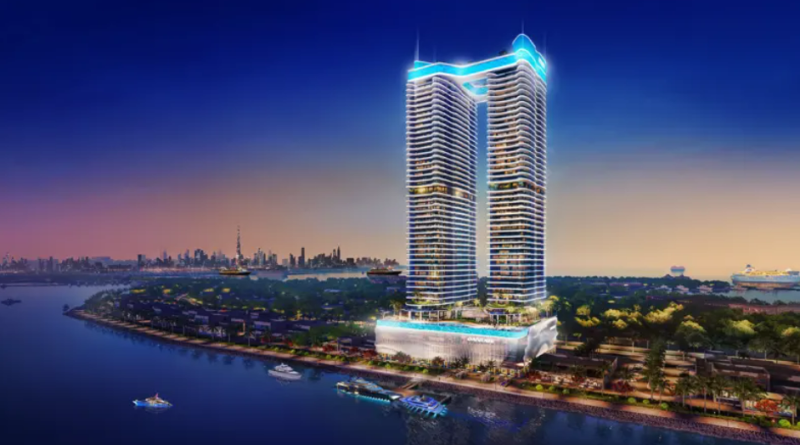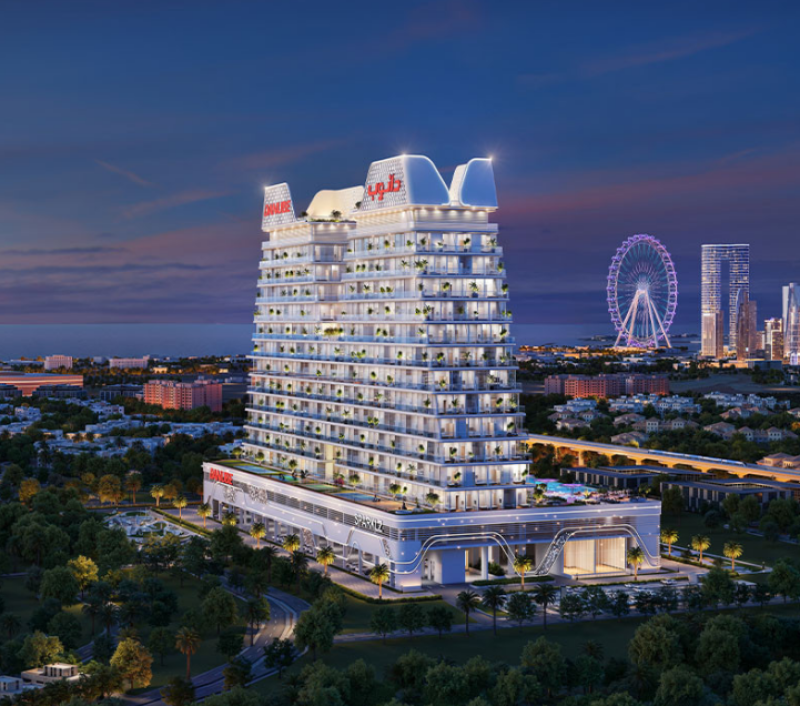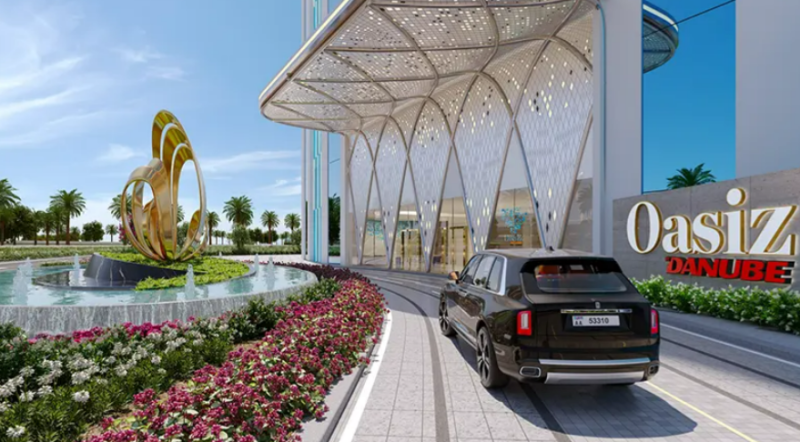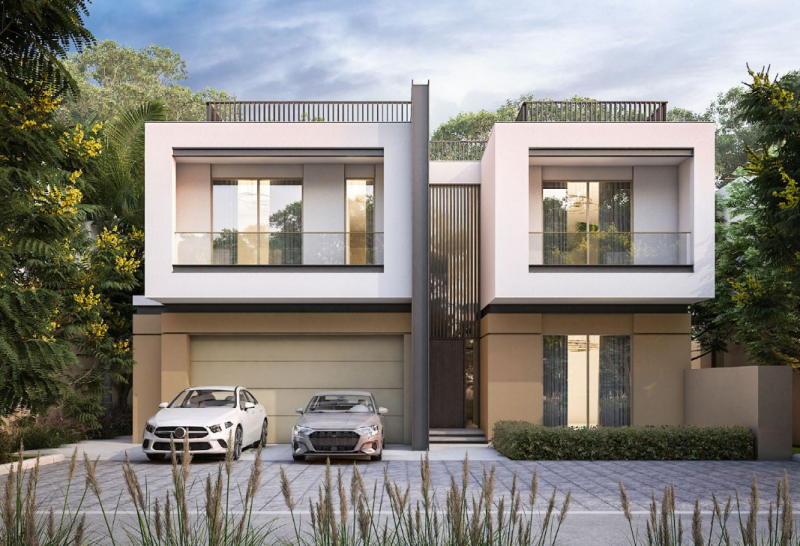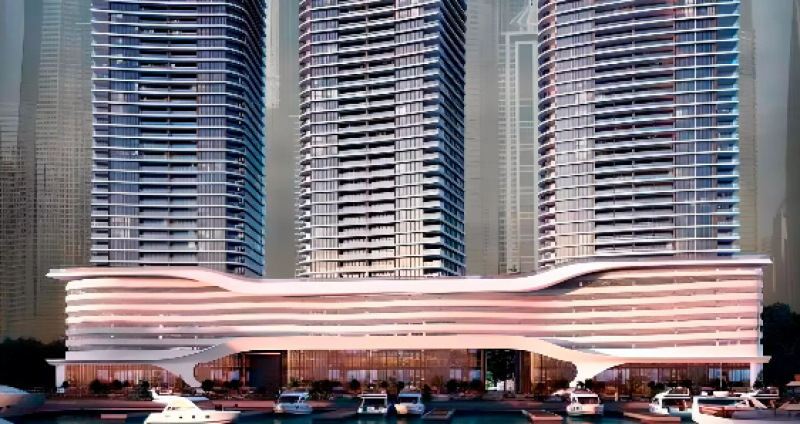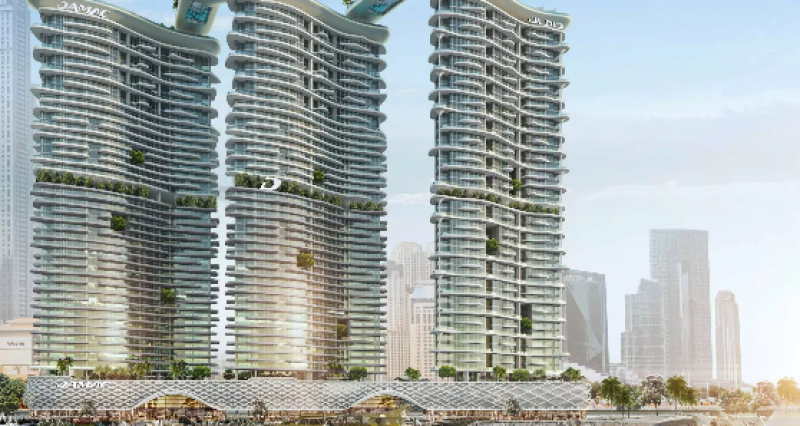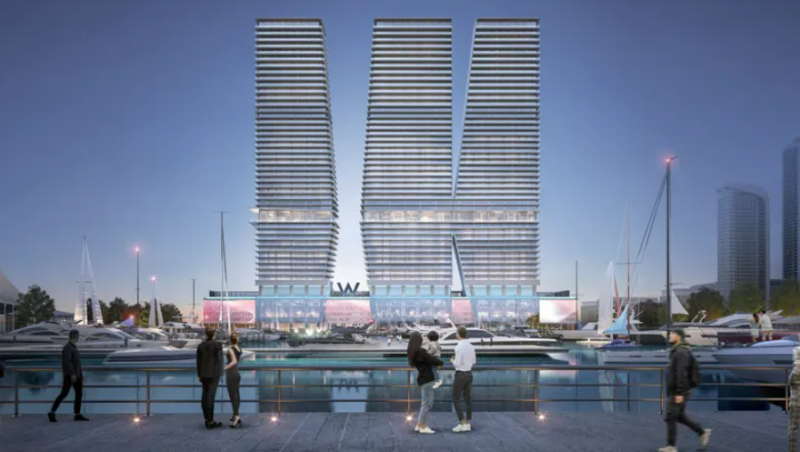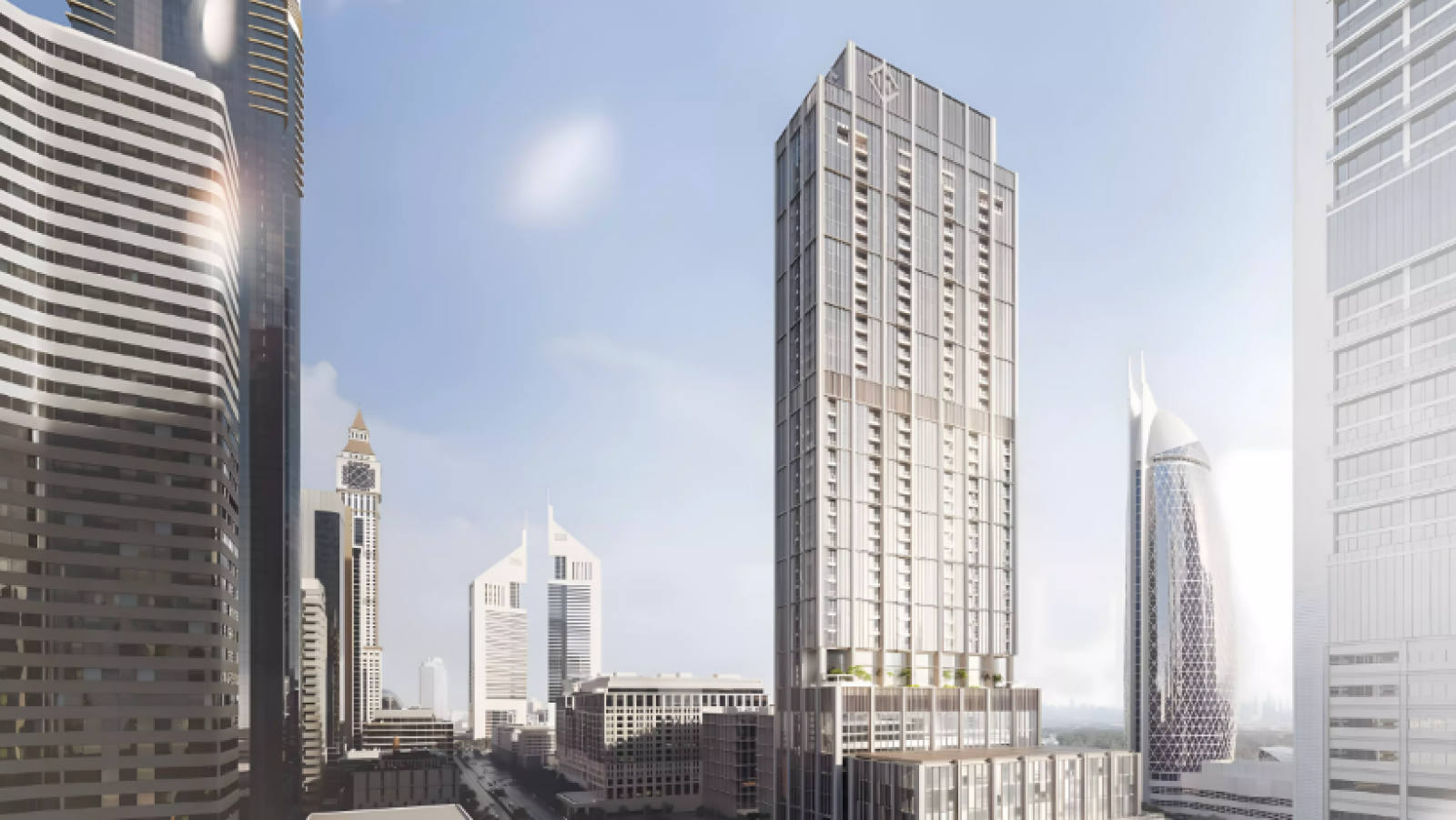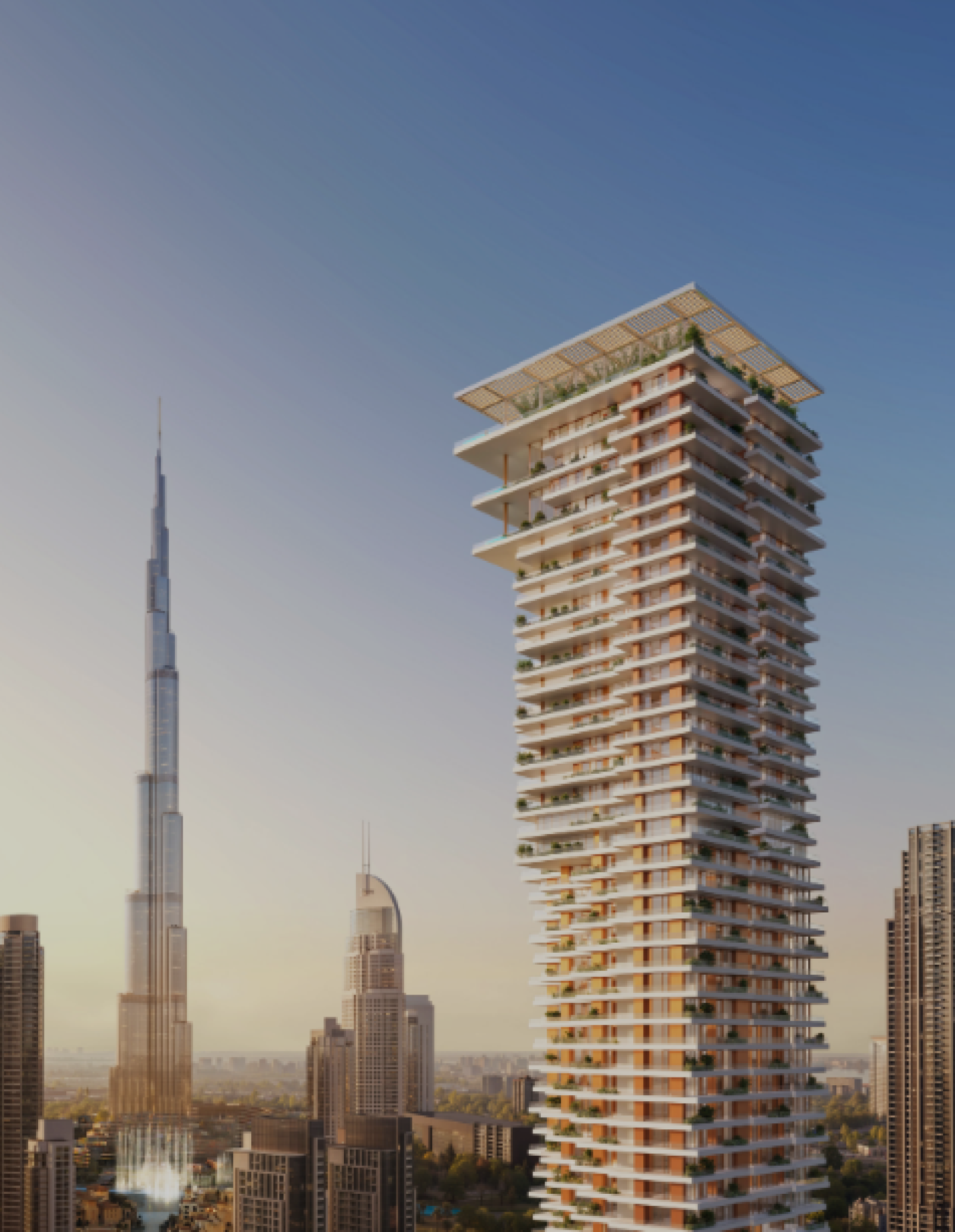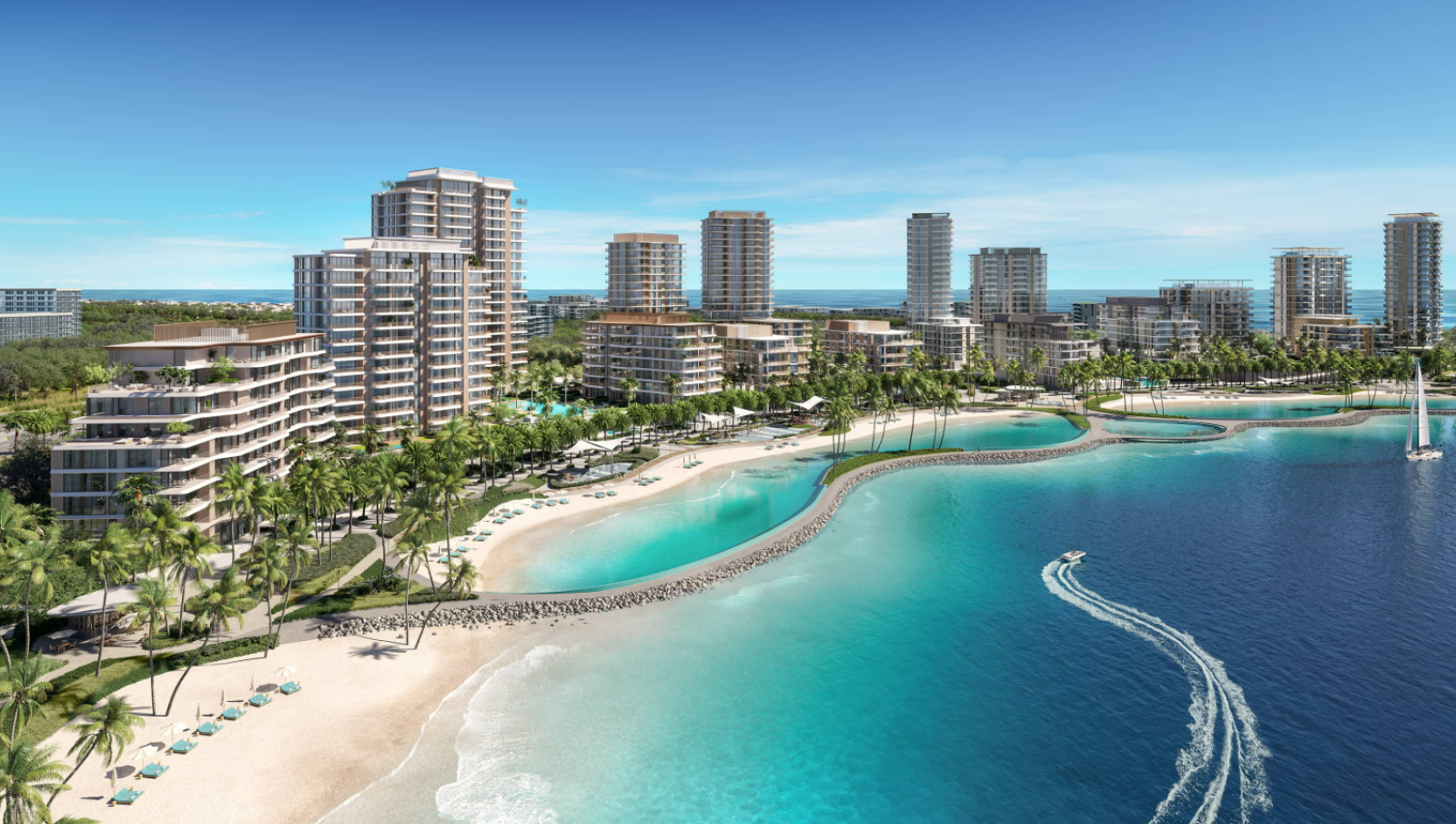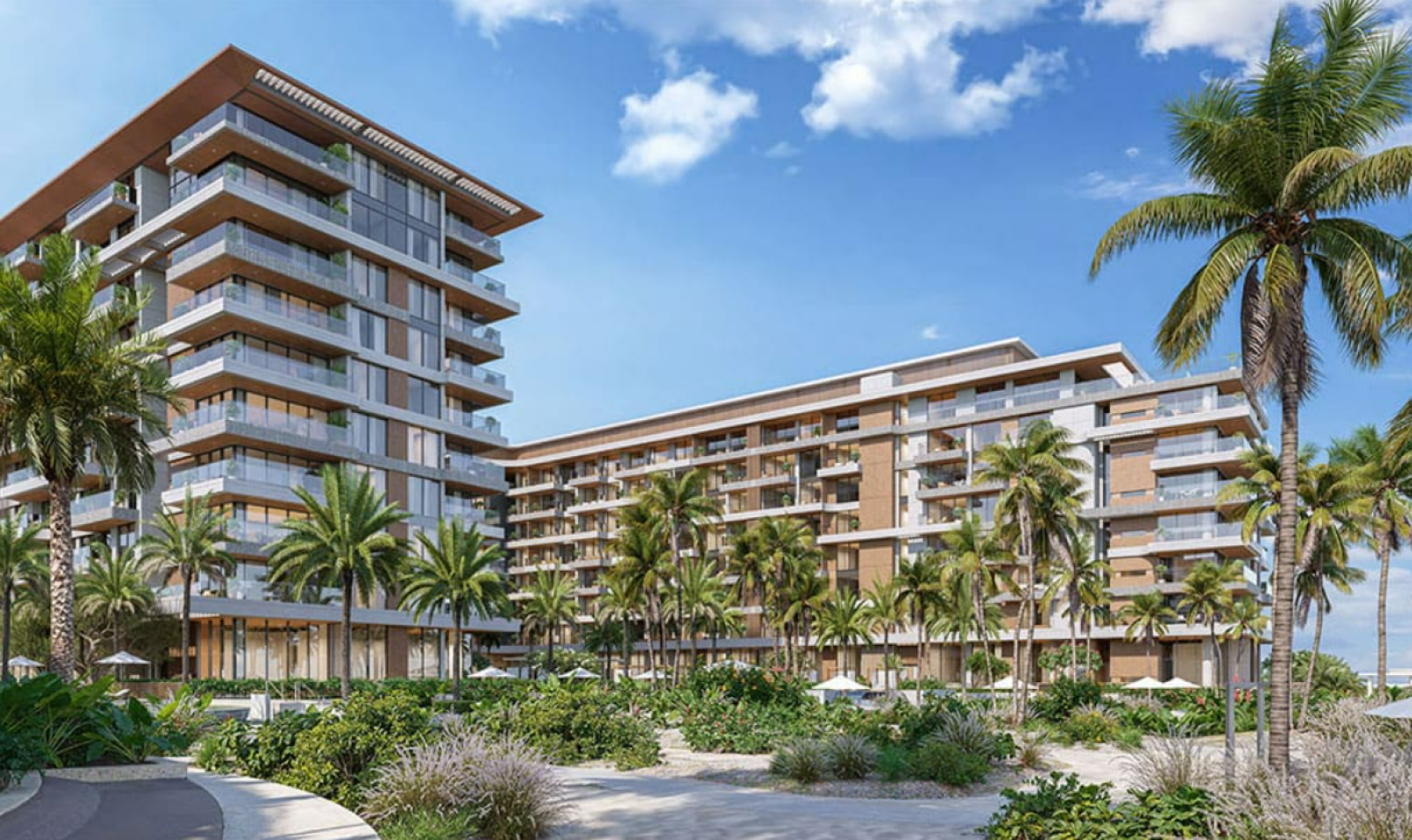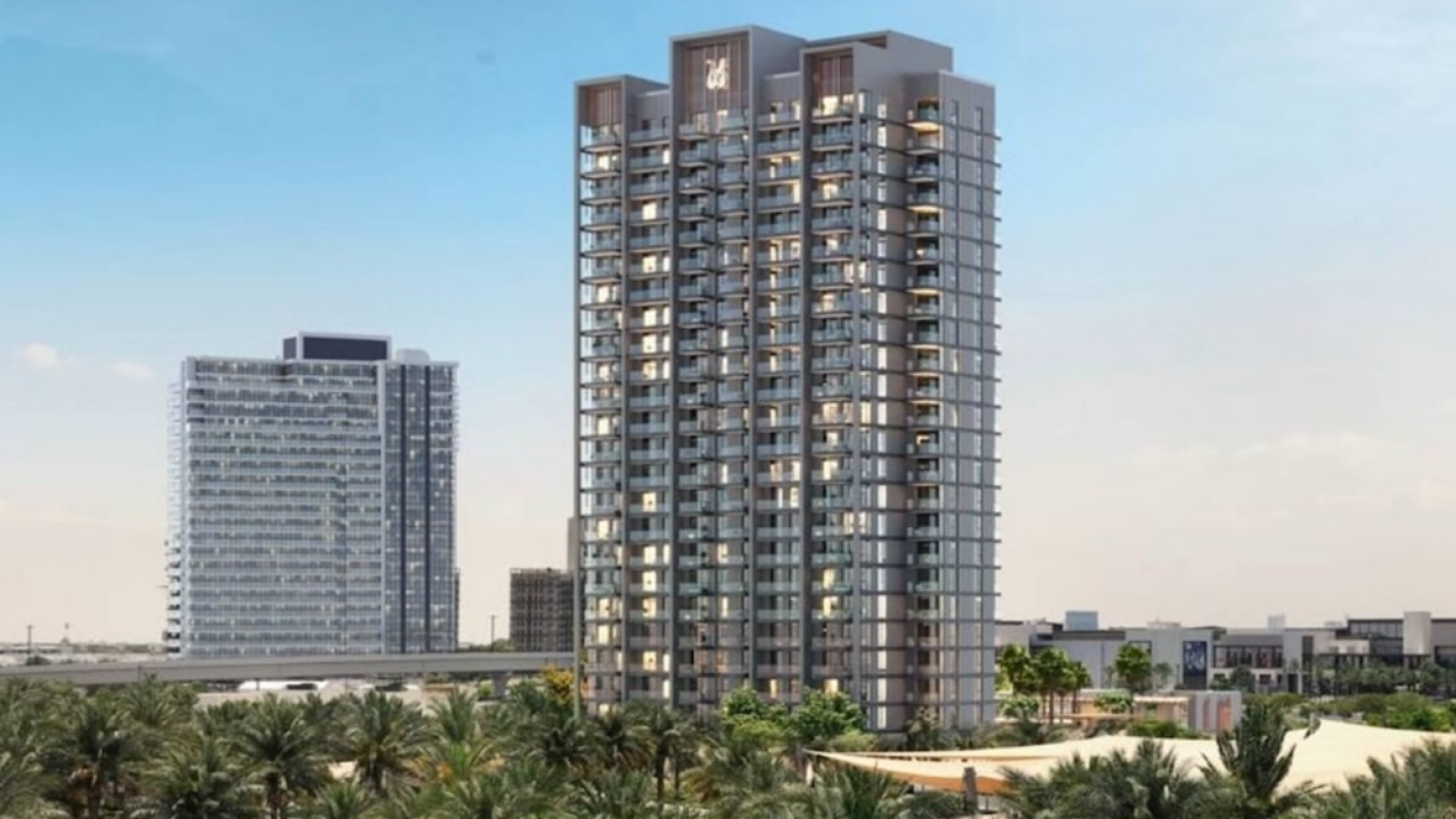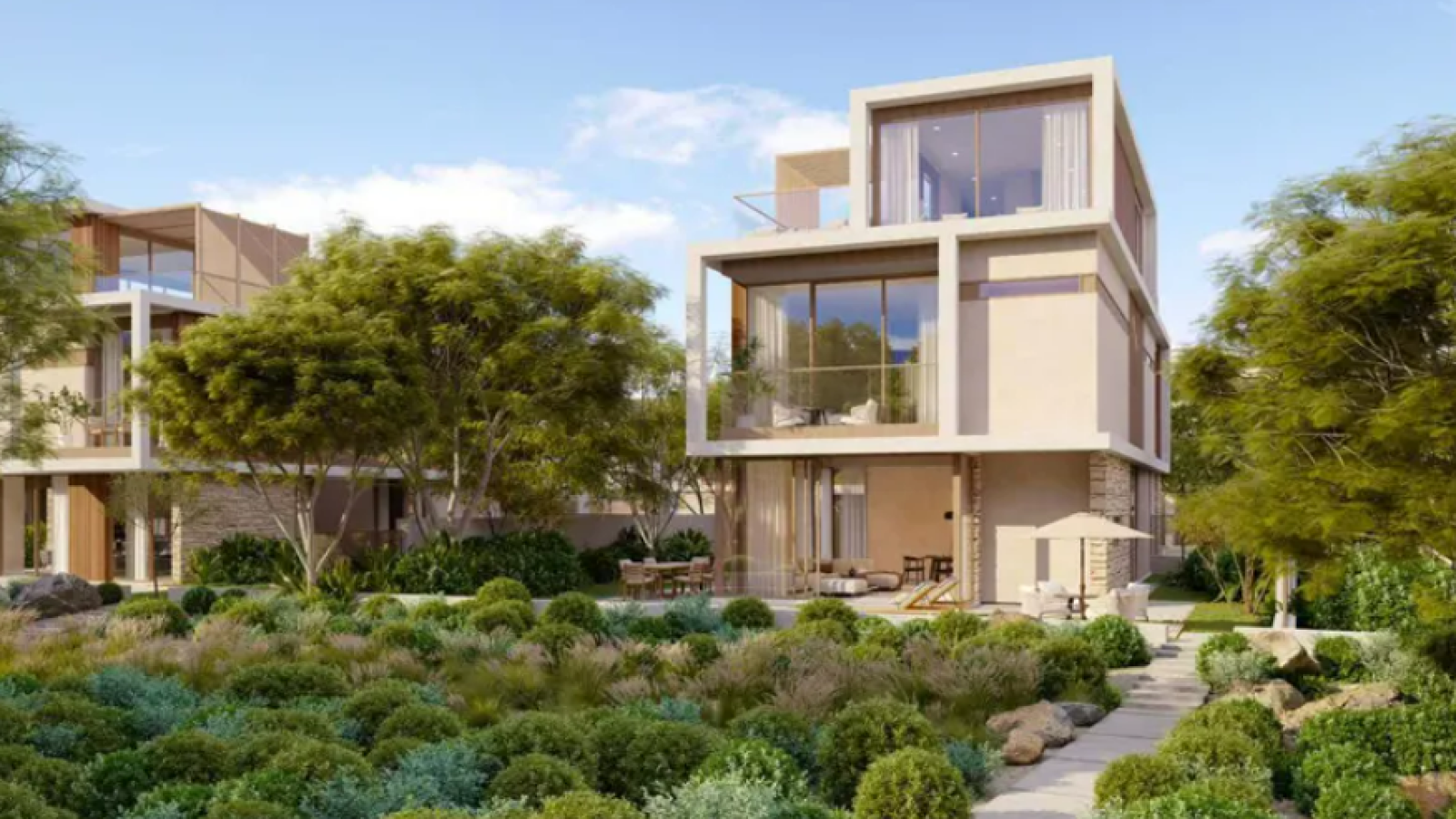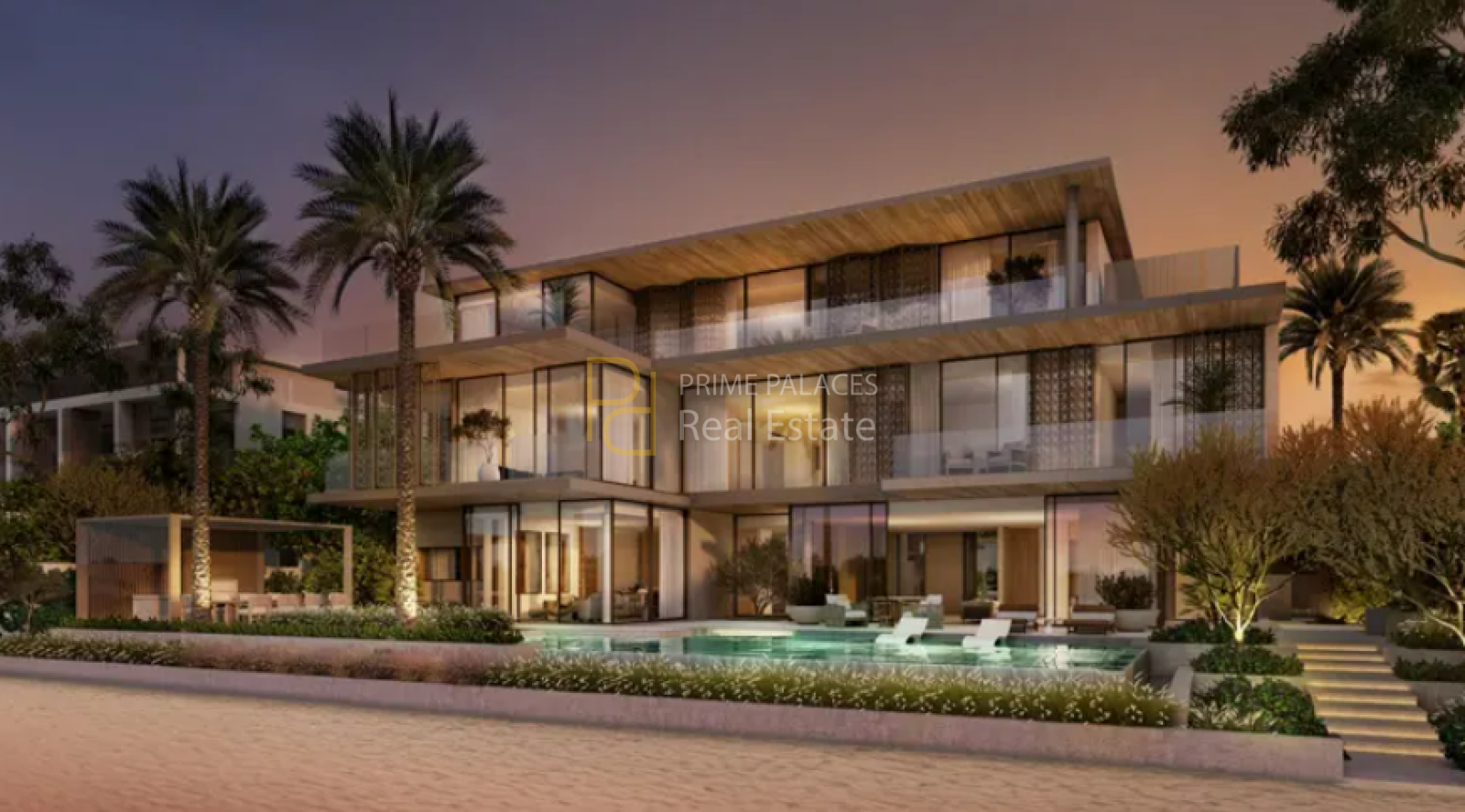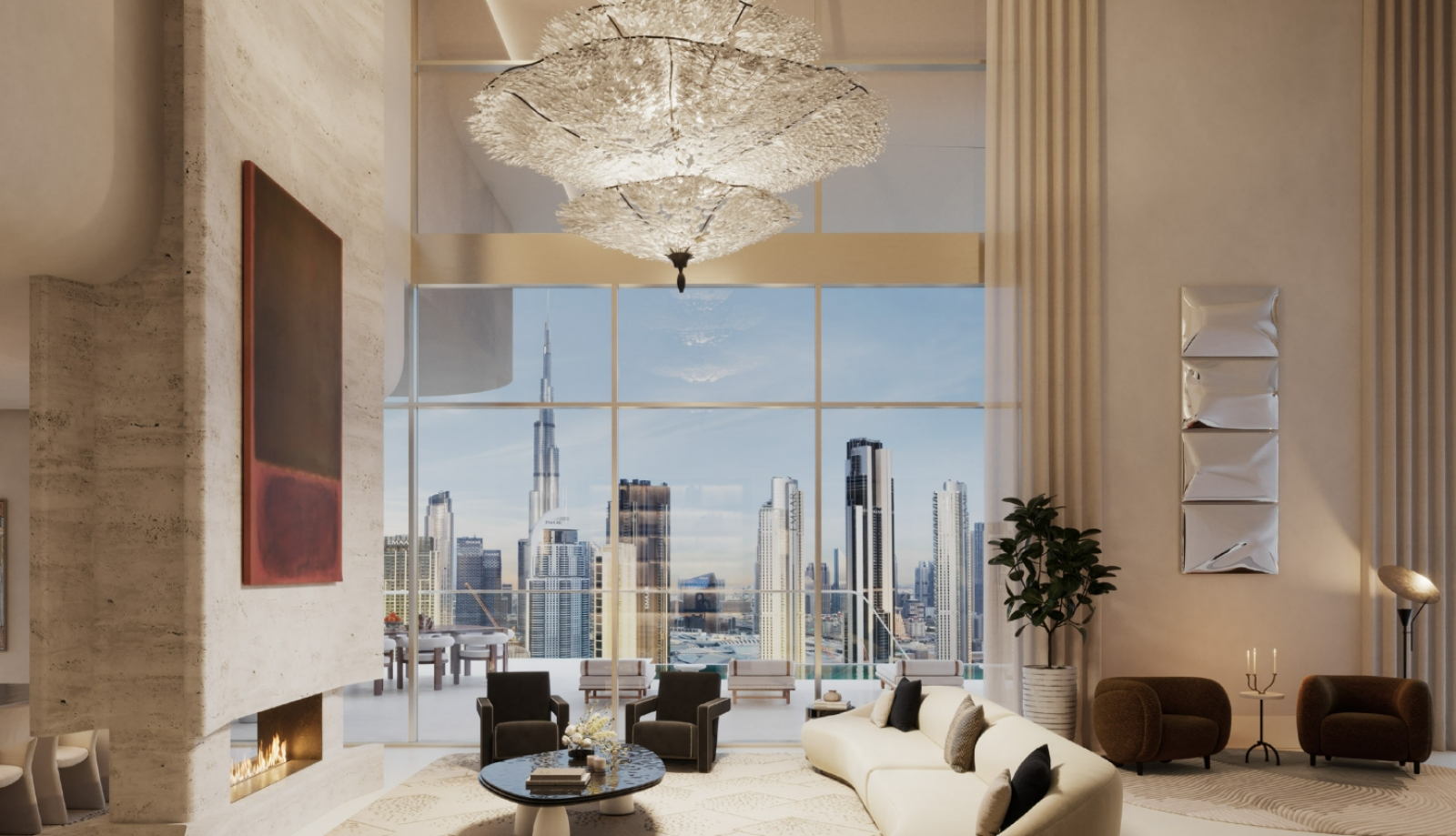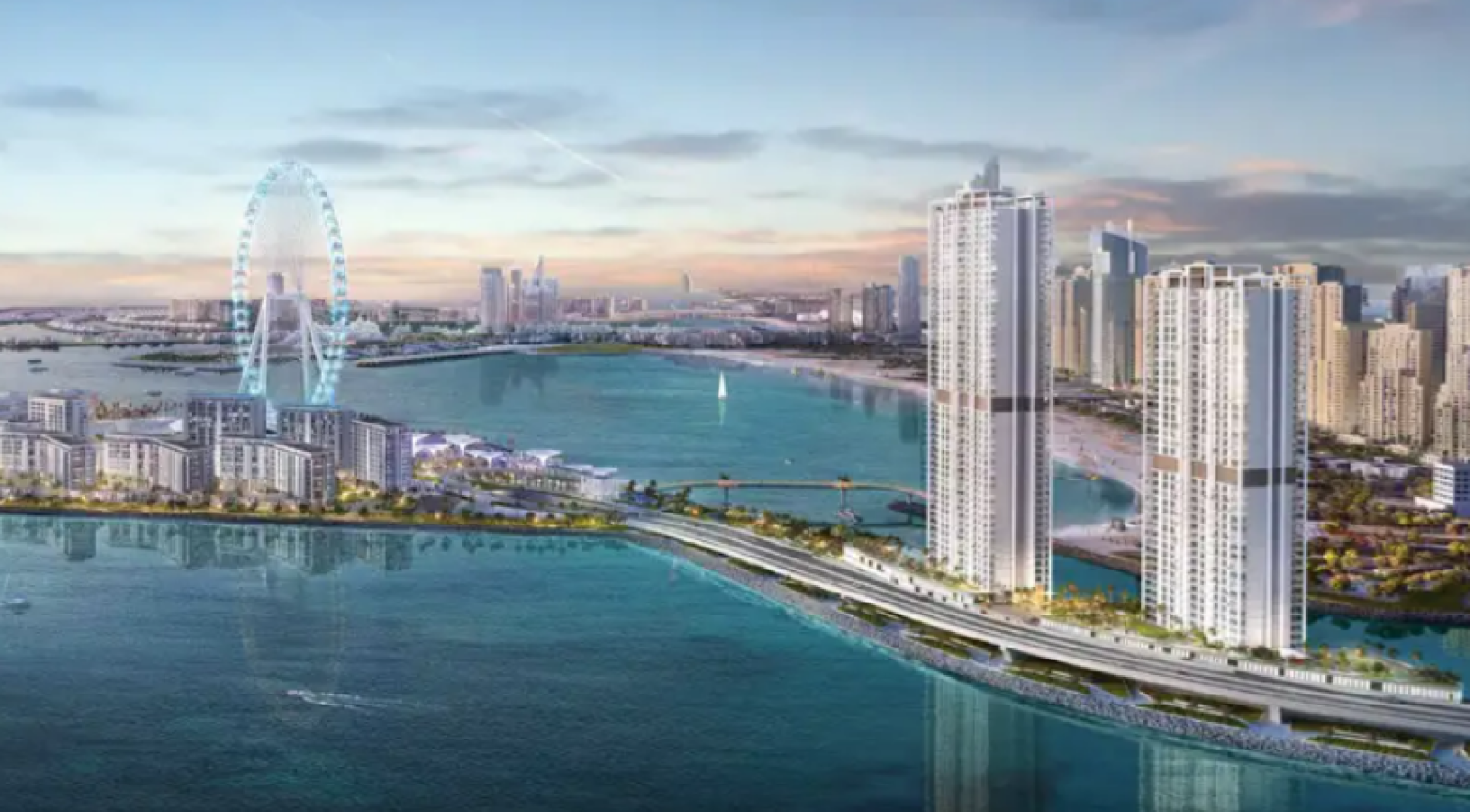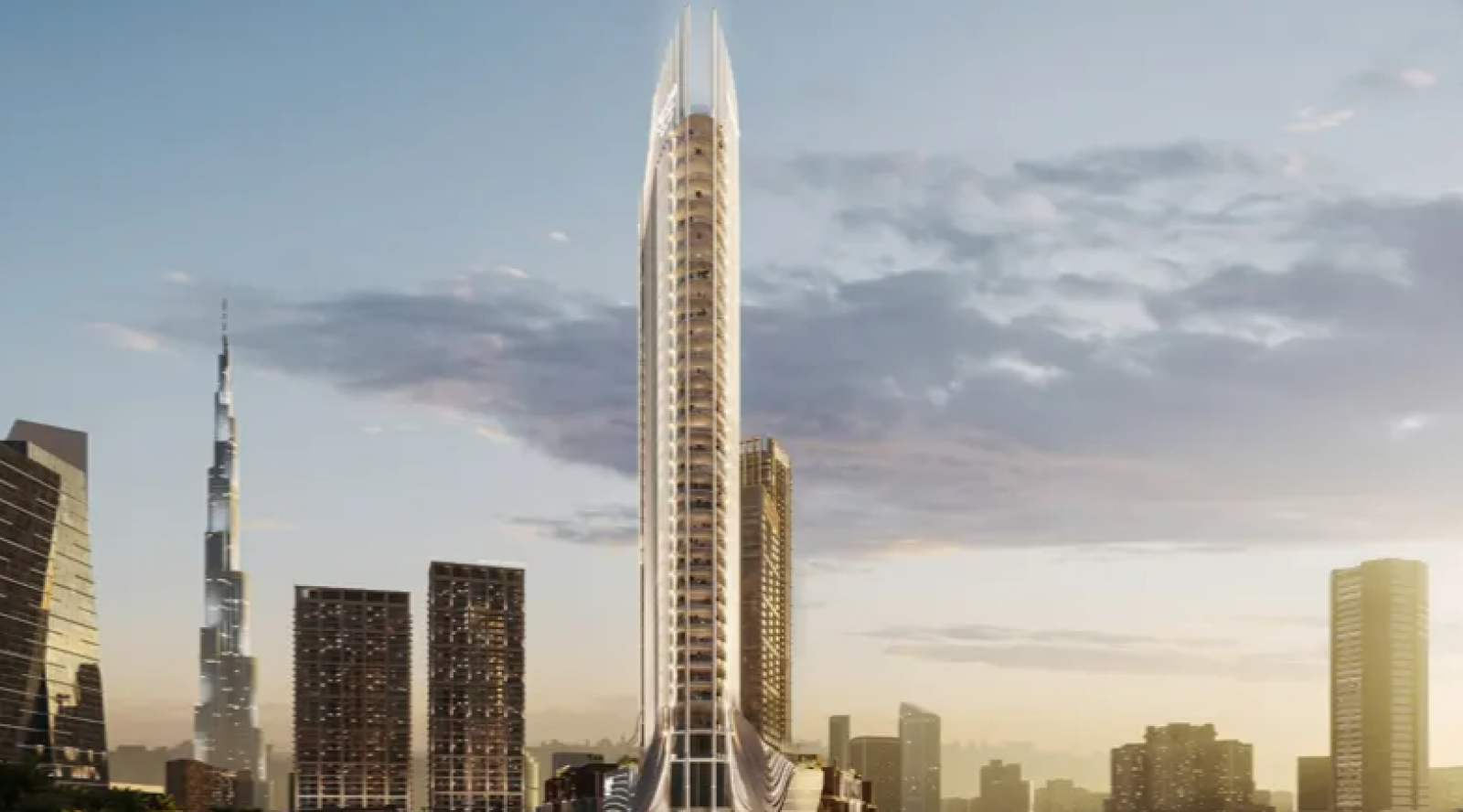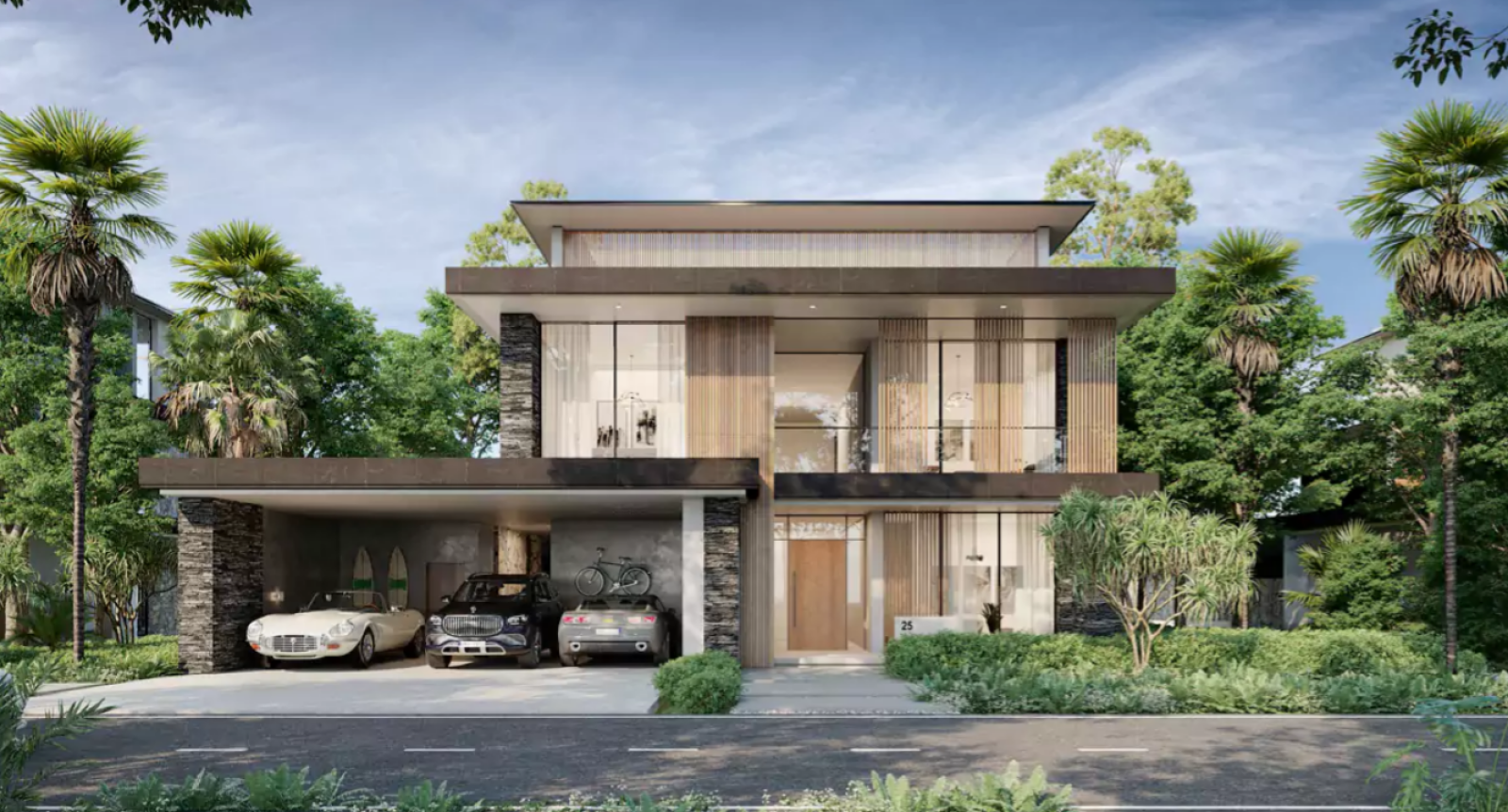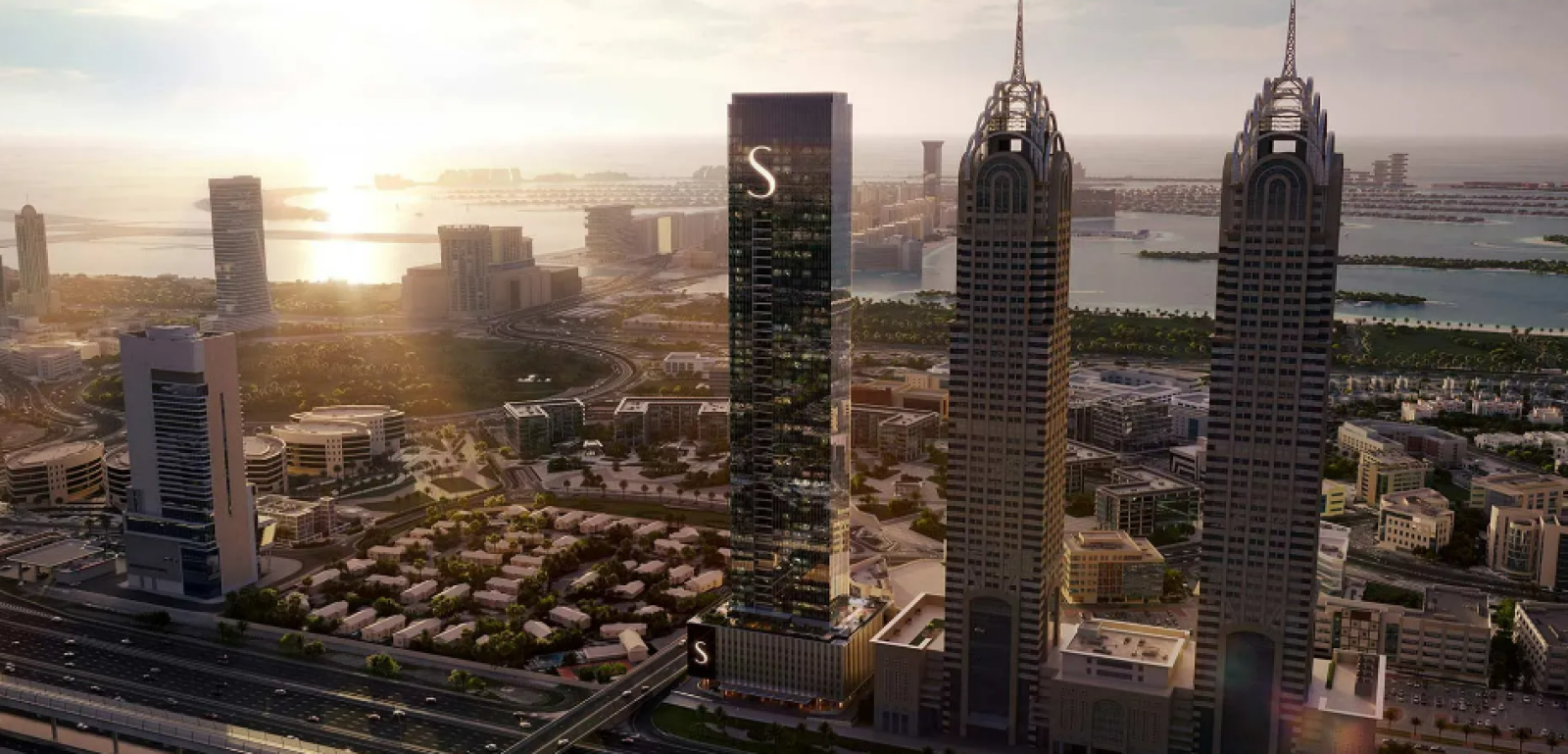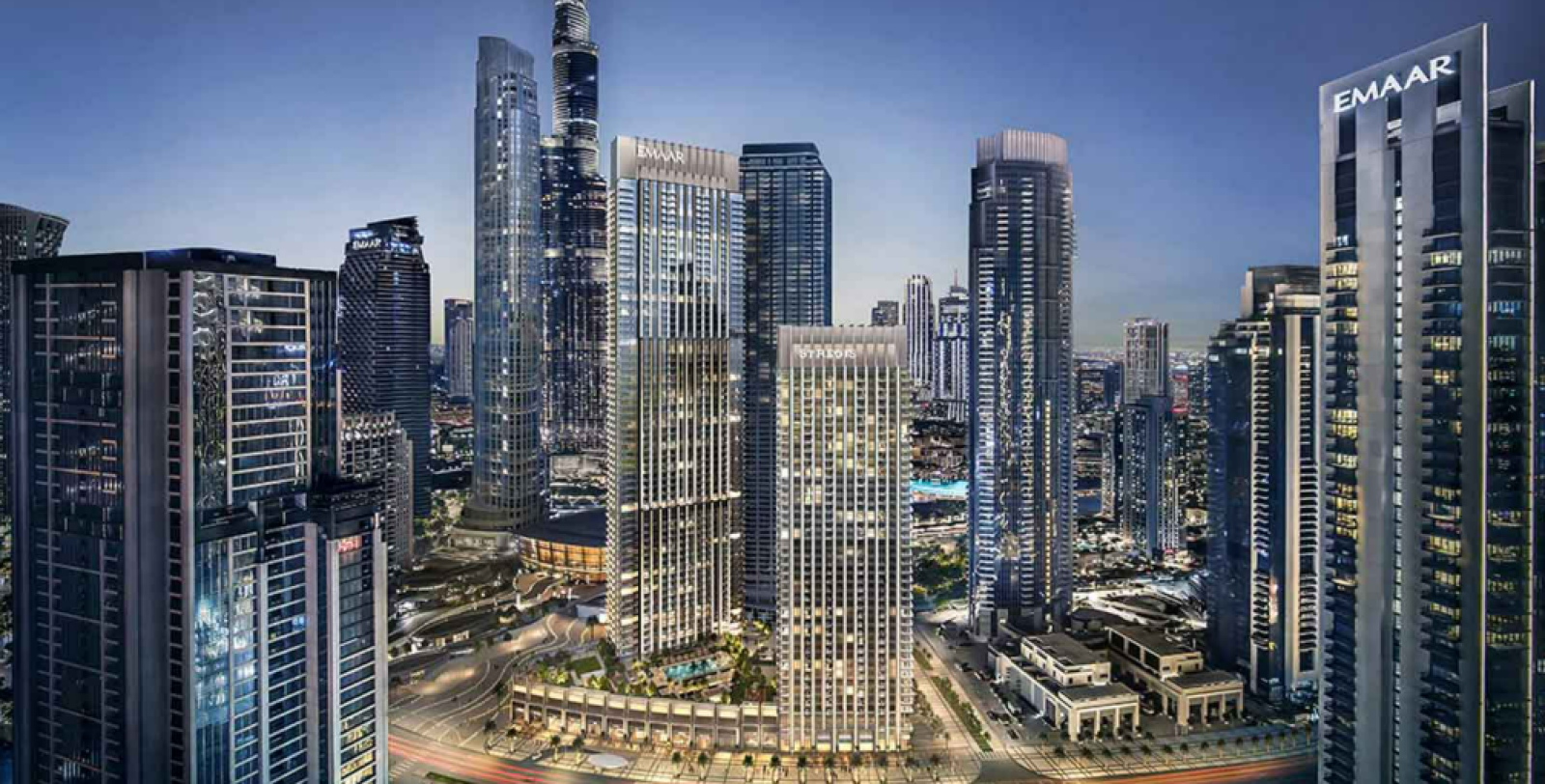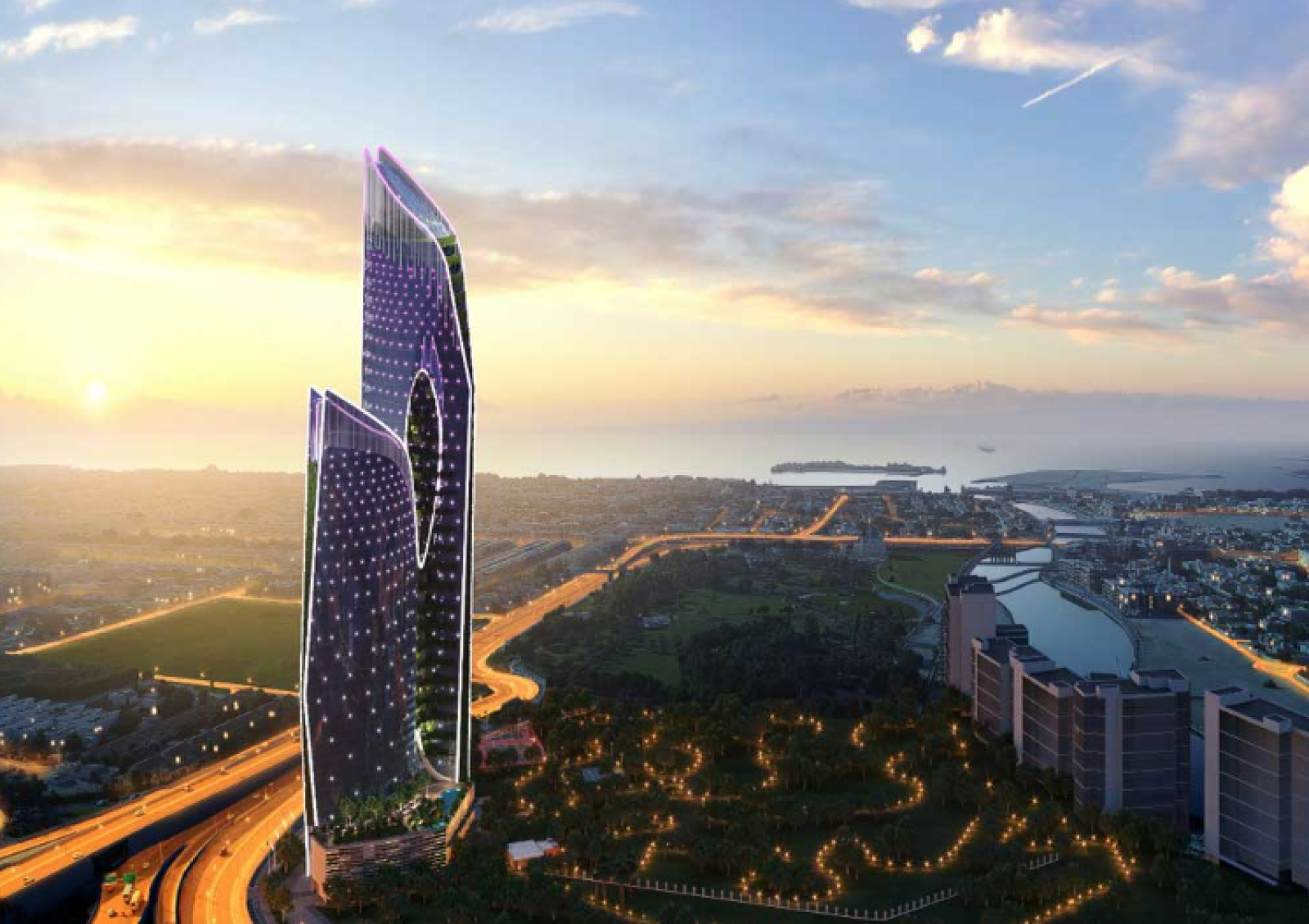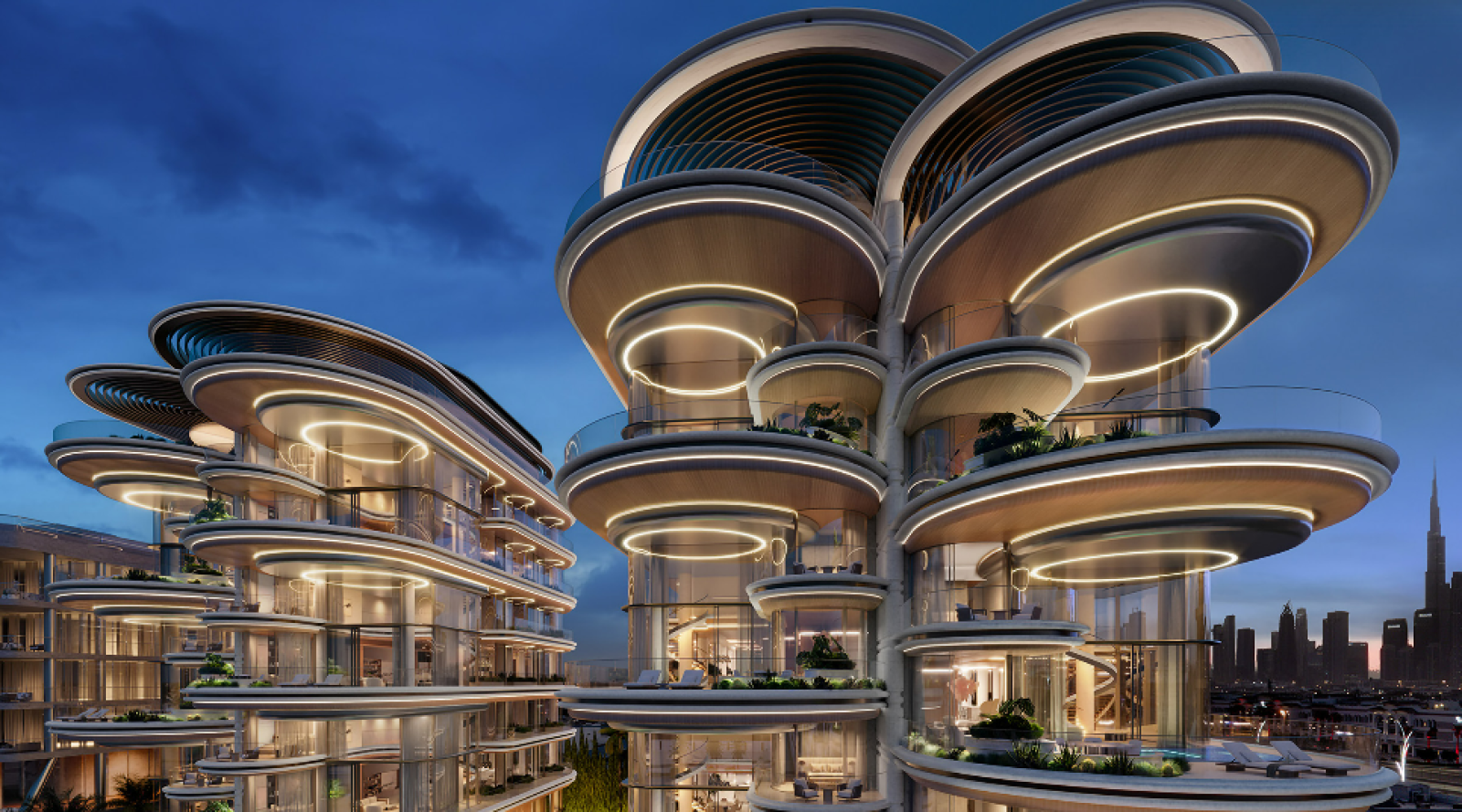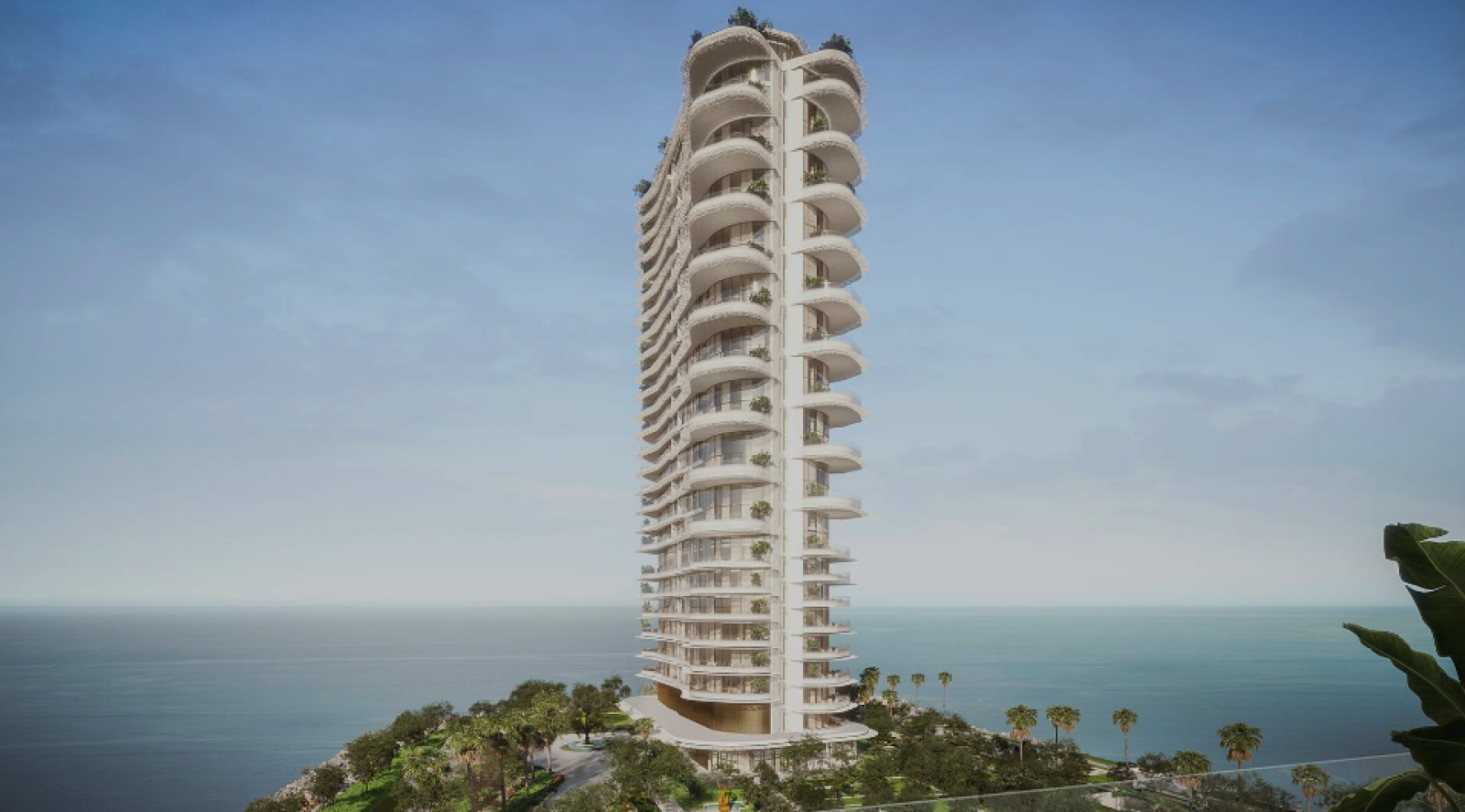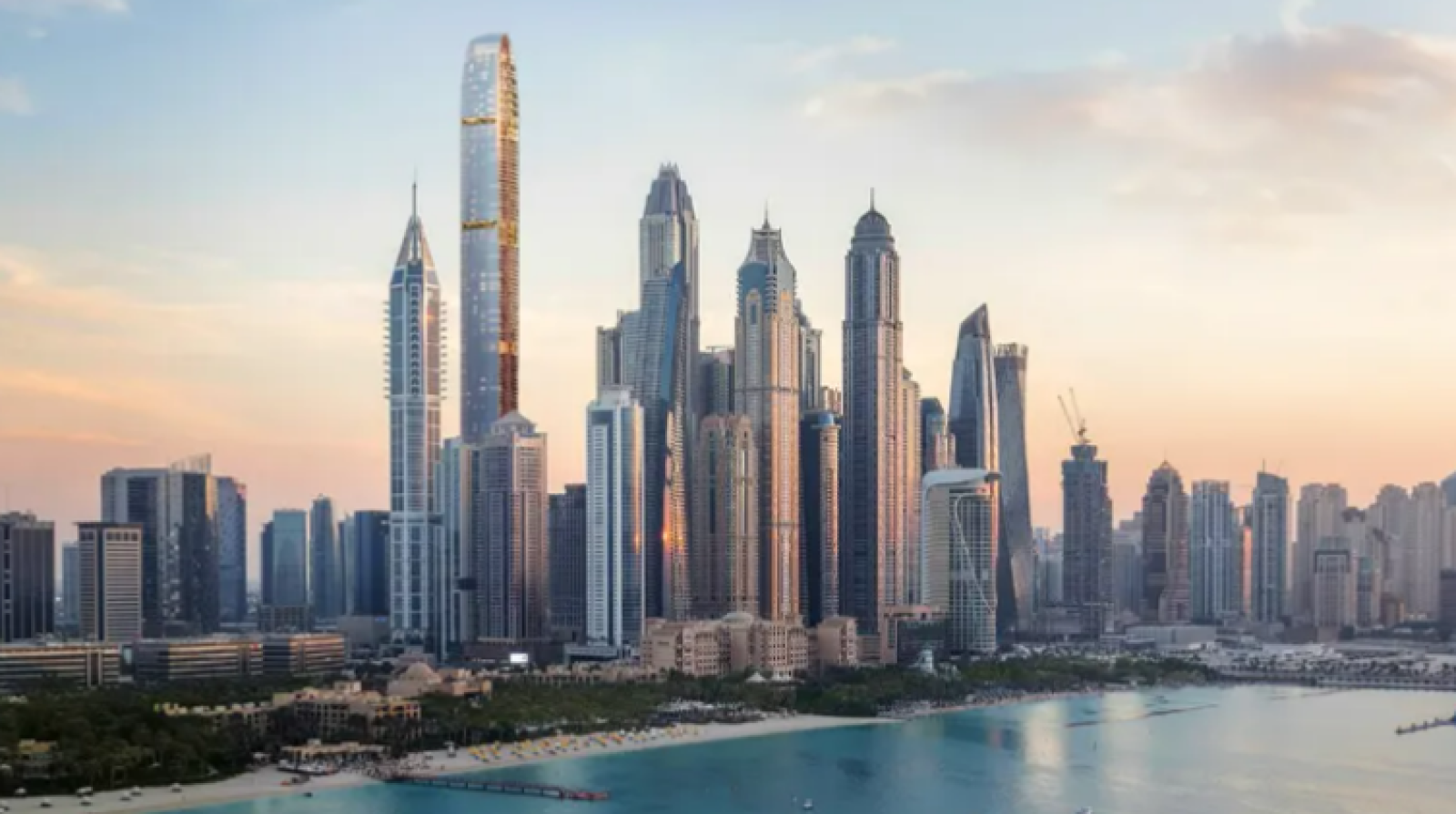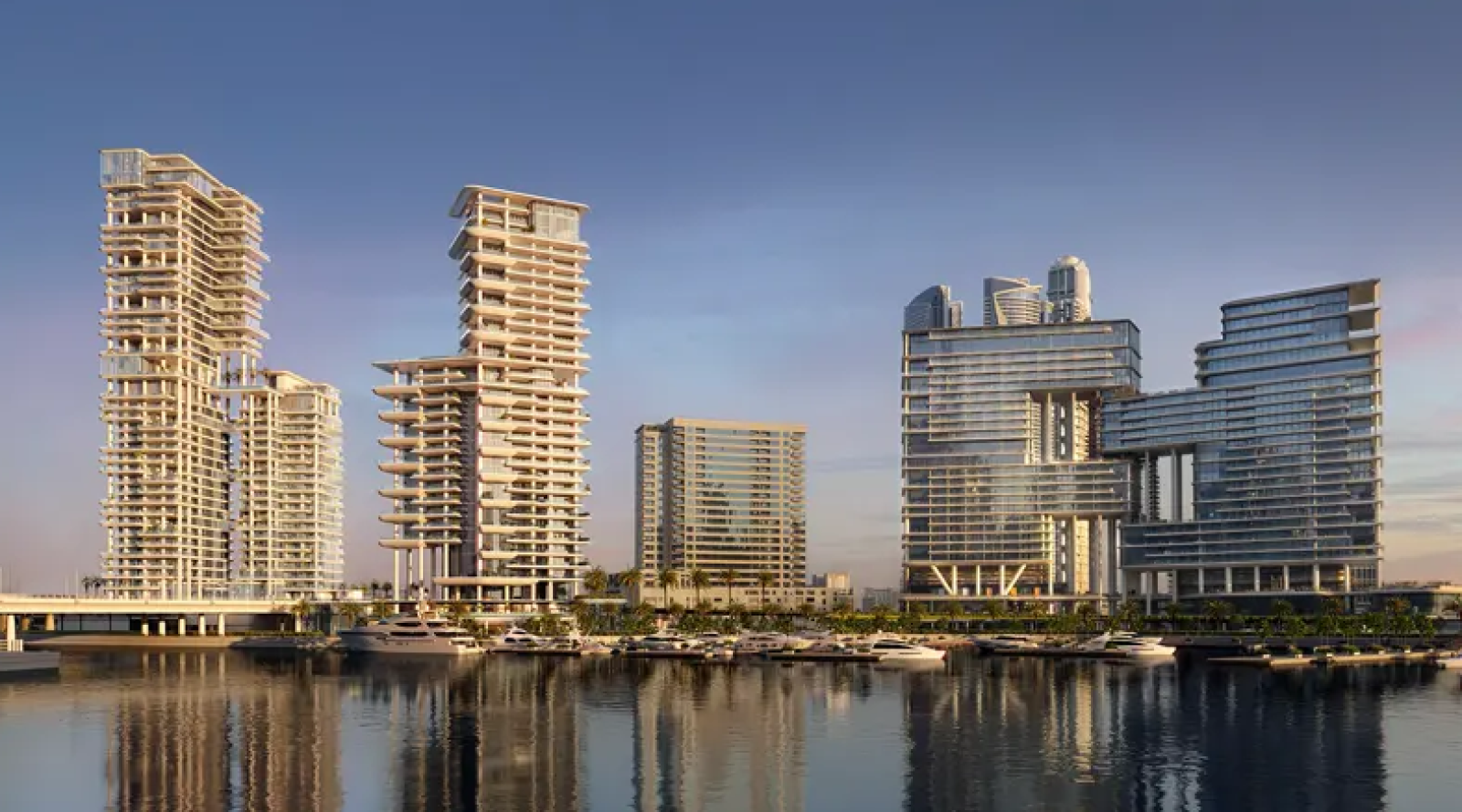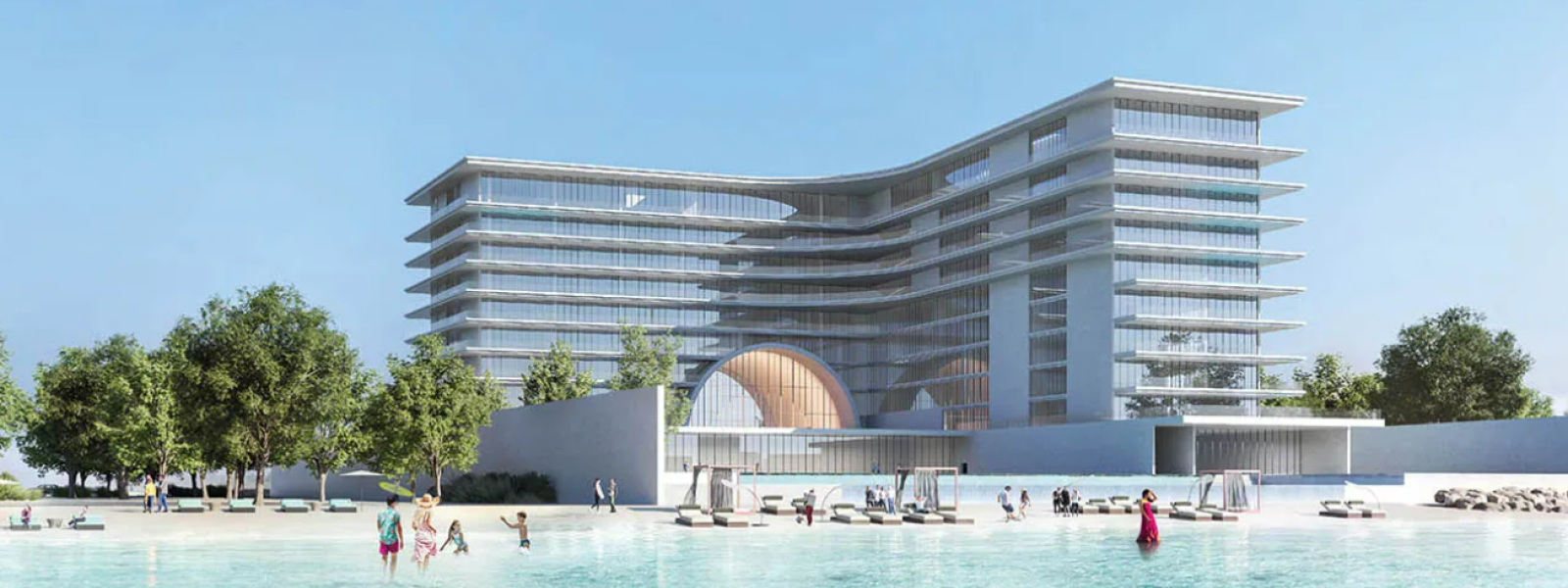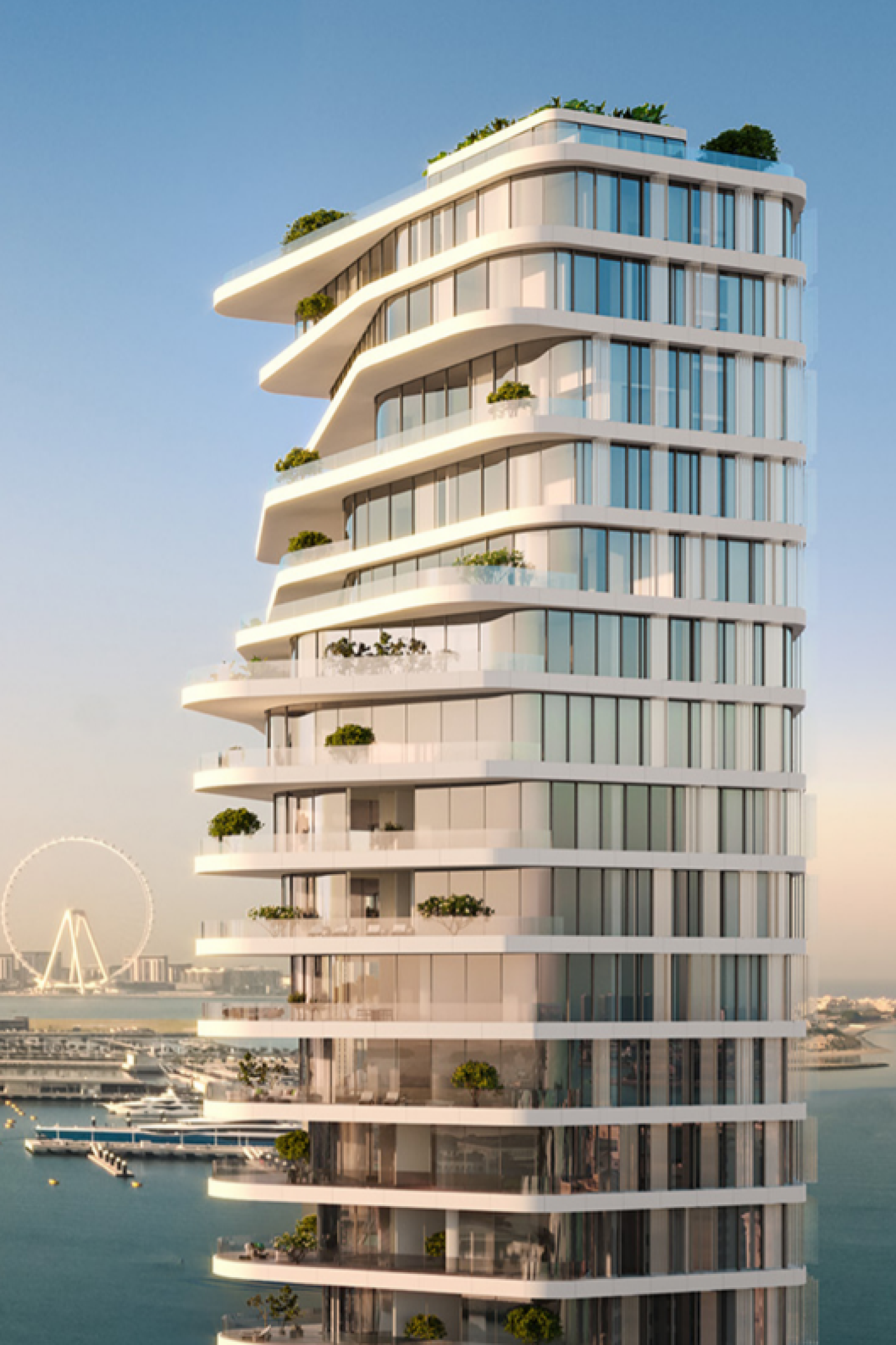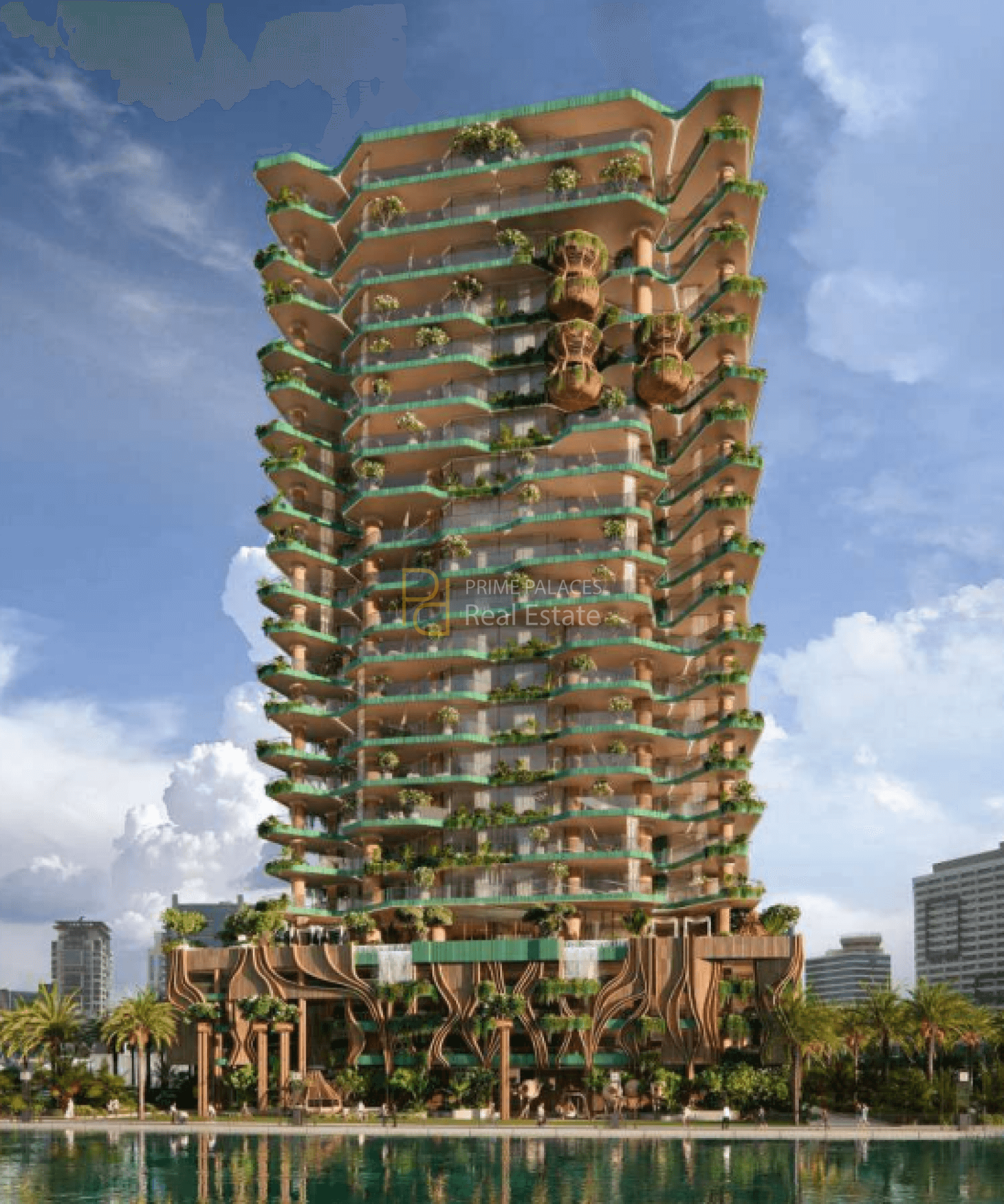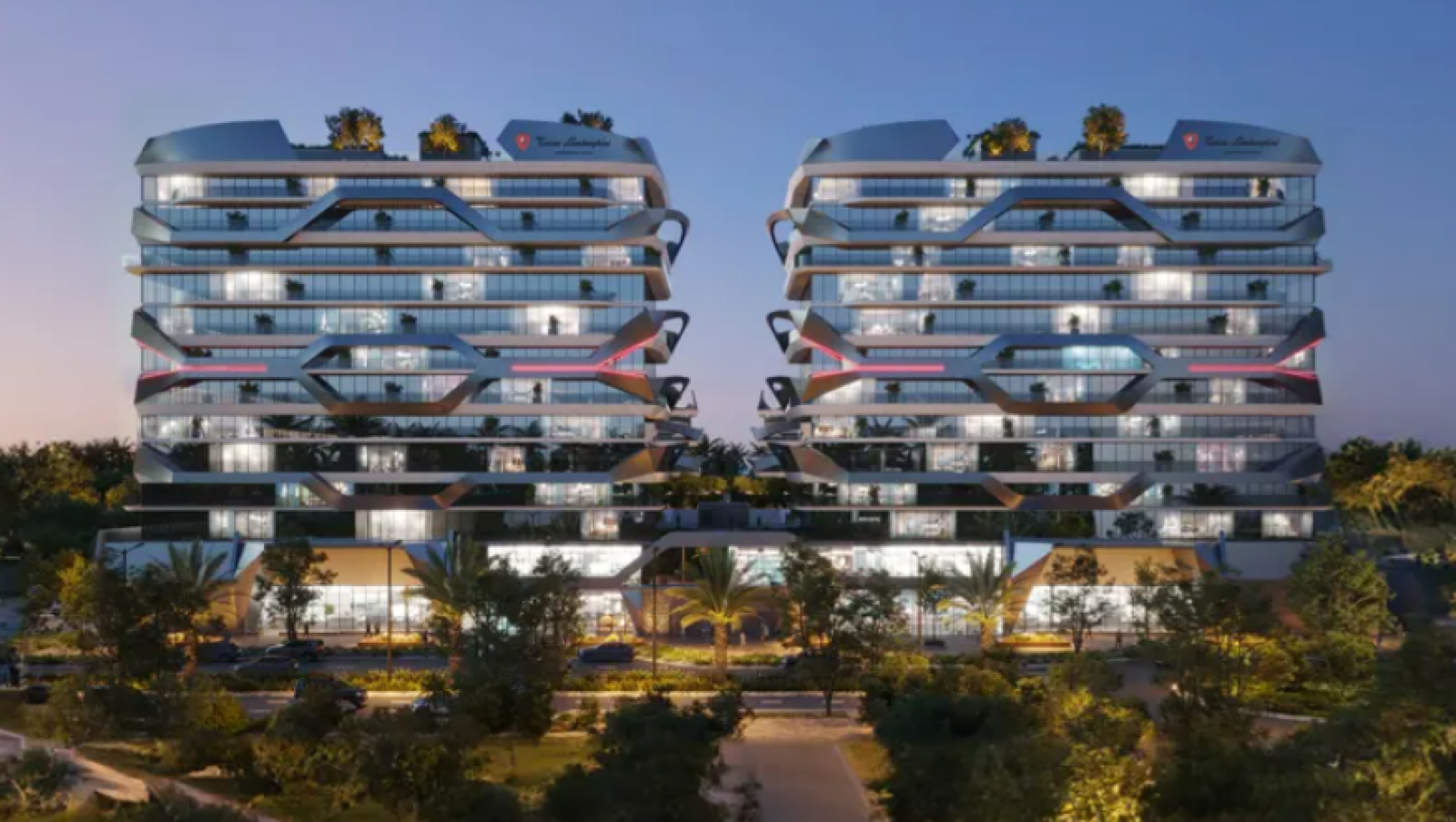Burj Khalifa: The Tower That Transformed Dubai’s Global Value
The Burj Khalifa is universally recognized as the tallest building in the world. But beyond its architectural height and engineering marvel, the tower represents something far greater: a long-term value catalyst for Dubai’s economy. While most skyscrapers are measured by the revenue from leasing or selling floors, Burj Khalifa’s impact lies in its power to attract tourists, enhance property values, and reinforce Dubai’s status as a global investment magnet.
Tourism-Driven Economic Impact
Every year, millions of tourists flock to Downtown Dubai for one reason: to see and experience the Burj Khalifa. The observation decks, luxury dining, and the fountain shows below generate direct revenue, but the indirect economic gains are even more substantial.
-
Nearby hotels enjoy some of the city’s highest occupancy and nightly rates.
-
Restaurants, malls, and transport services surrounding the Burj benefit from constant tourist footfall.
-
Landmark appeal drives global influencers, photographers, and filmmakers to use the tower in media—providing free international exposure.
The result? Burj Khalifa is not just a destination, but the core of Dubai’s tourism economy, helping to sustain countless other industries around it.
Property Value Premiums and Real Estate Halo Effect
Properties with a Burj Khalifa view or proximity to it command a significant price premium. Residential towers like The Address Downtown, Burj Vista, Opera Grand, and IL Primo have seen some of the highest PSF (price per square foot) rates in the city—solely due to their alignment with the Burj.
In fact:
-
A one-bedroom apartment with direct Burj views can sell for up to 30–40% more than a comparable unit just a few blocks away.
-
Hotel-branded residences near the tower often exceed $1,500 per square foot in value.
-
Commercial properties in the Burj District attract international brands willing to pay premiums for the prestige of being “next to the tallest tower in the world.”
Global Recognition and Investment Magnetism
Burj Khalifa has become a symbol of Dubai, often featured in international campaigns, movies, and diplomatic materials. For foreign investors, the tower is more than a structure—it’s proof of Dubai’s ambition, execution, and economic potential.
Following its completion in 2010:
-
Foreign direct investment into Dubai’s property market accelerated.
-
High-net-worth individuals (HNWI) cited “the Dubai lifestyle” and “Downtown prestige” as top motivations for luxury property purchases.
-
The city’s inclusion in global tourism and business rankings surged, positioning it alongside cities like New York, London, and Singapore.
Retail and Hospitality Growth
The Dubai Mall, directly connected to Burj Khalifa, is one of the highest-grossing retail destinations in the world. Its success is intertwined with the tower, as tourists often combine the two experiences. Adjacent five-star hotels such as Armani Hotel, Palace Downtown, and Address Sky View leverage the tower’s prestige in pricing, branding, and event hosting.
Conclusion
Burj Khalifa’s true value lies in its unmatched ability to elevate the entire Dubai economy. It is not only a skyscraper but a magnet for global attention, real estate premiums, tourism revenue, and investor confidence. In terms of long-term economic impact and brand value, it may be one of the most profitable developments ever constructed—a permanent symbol of Dubai’s vision and its global influence.

